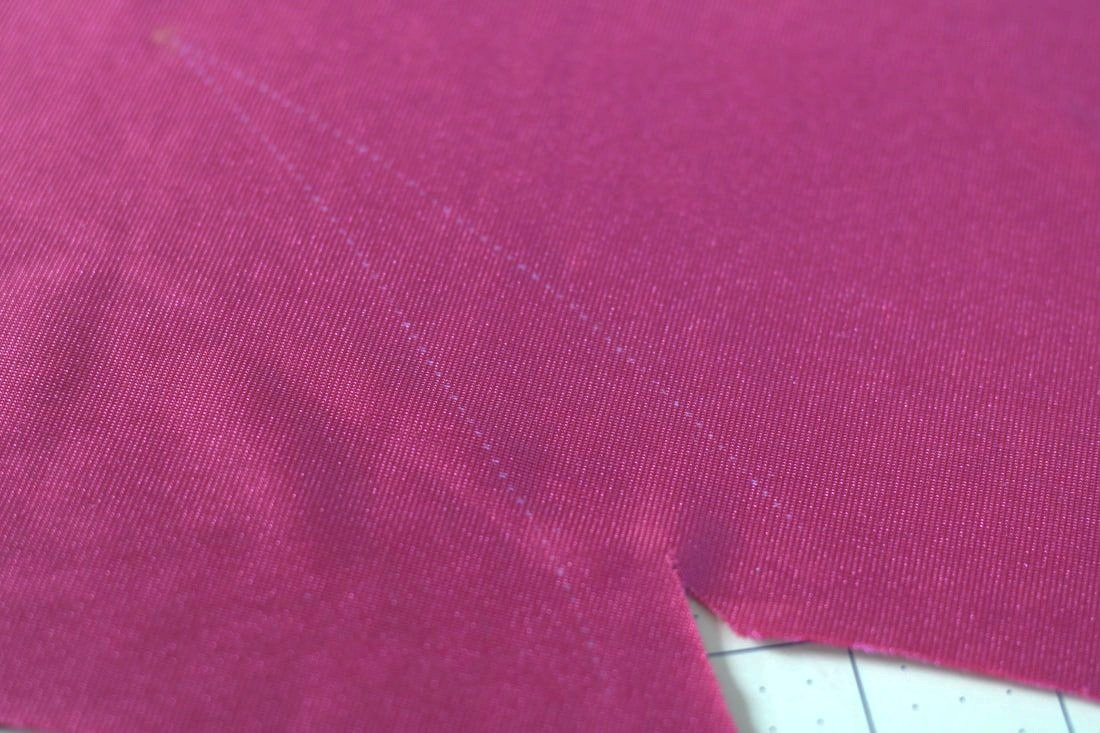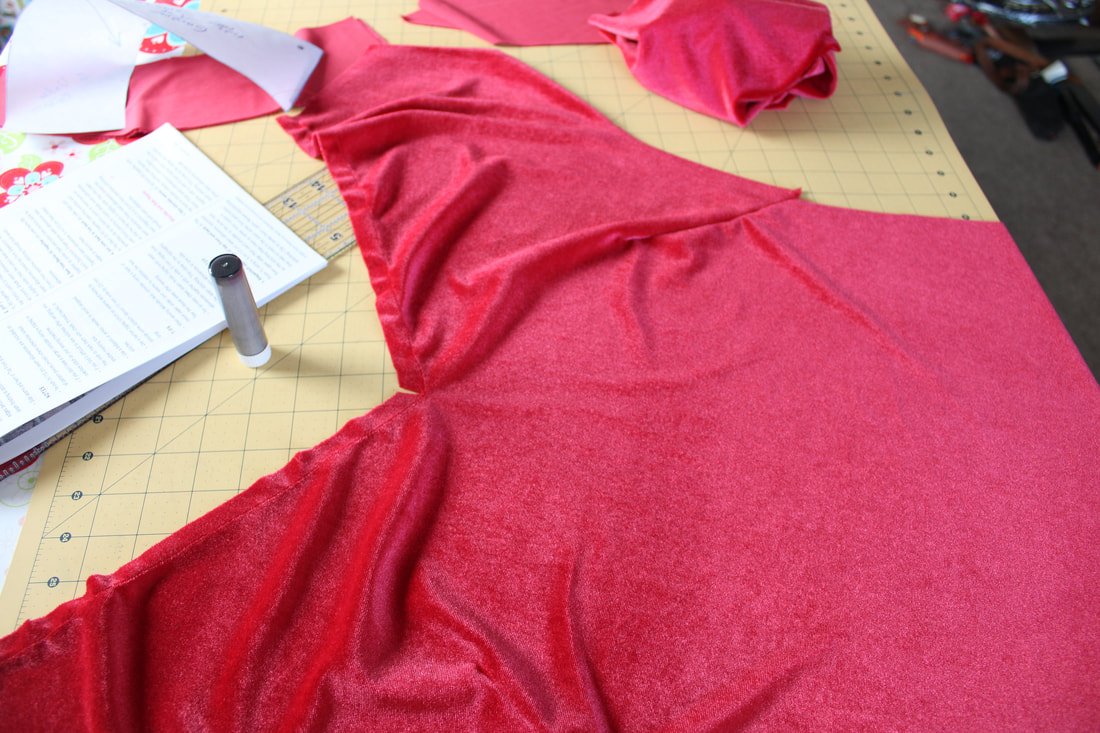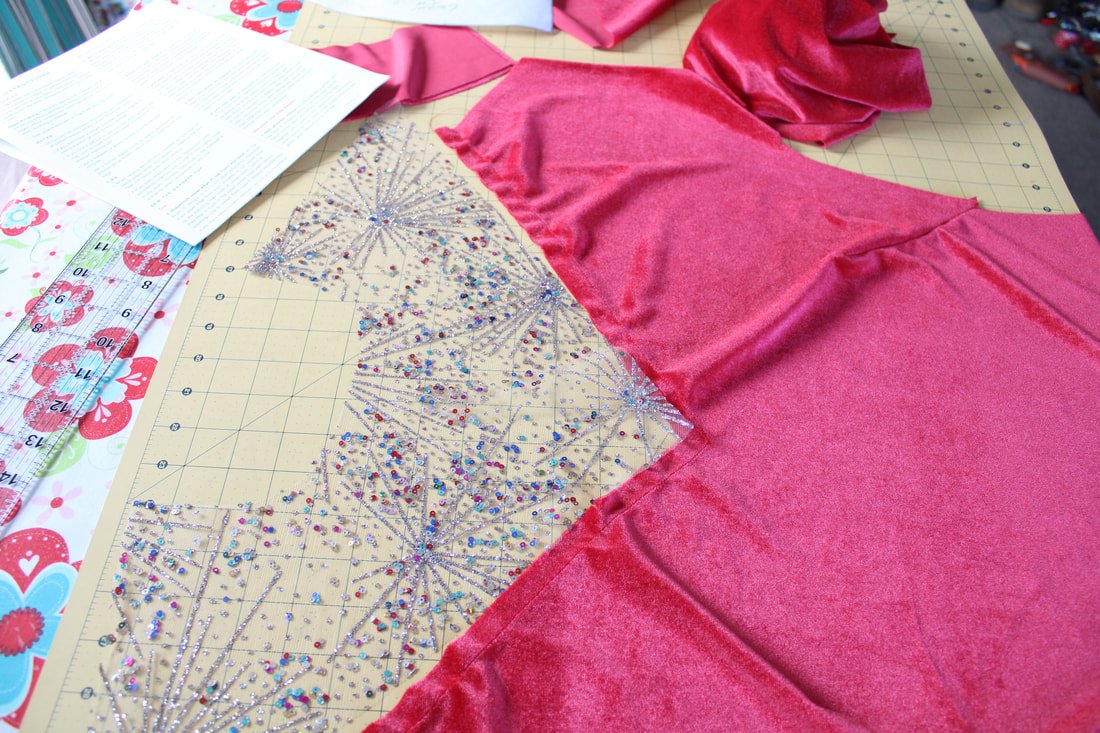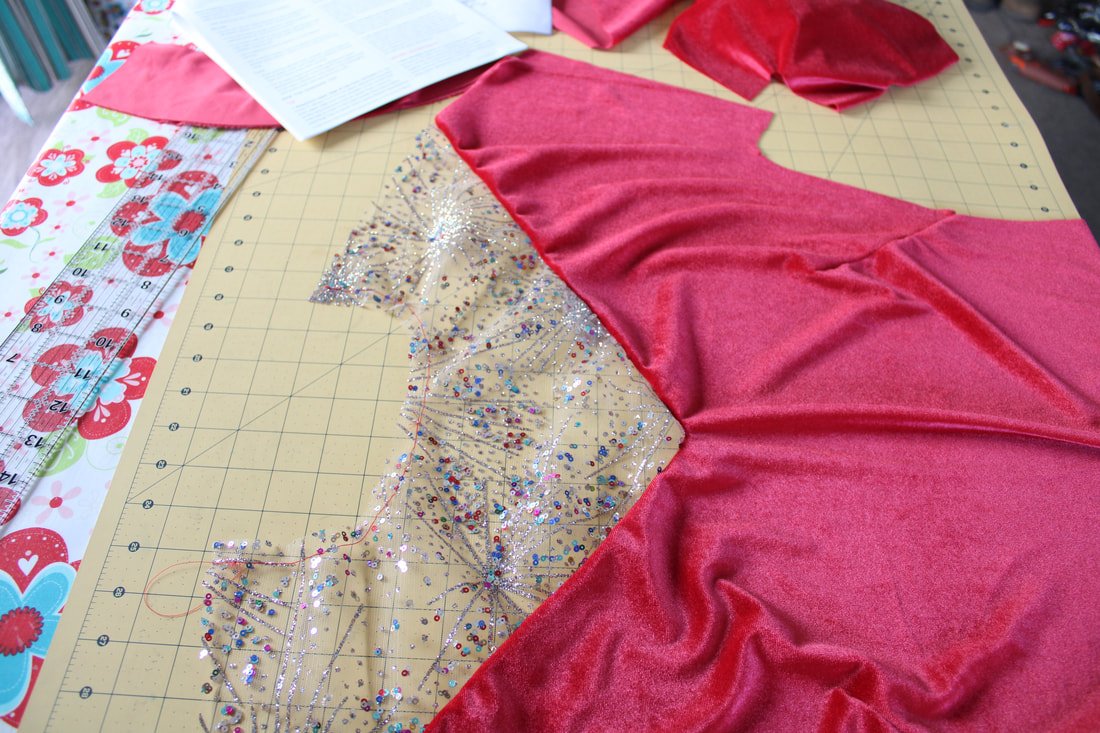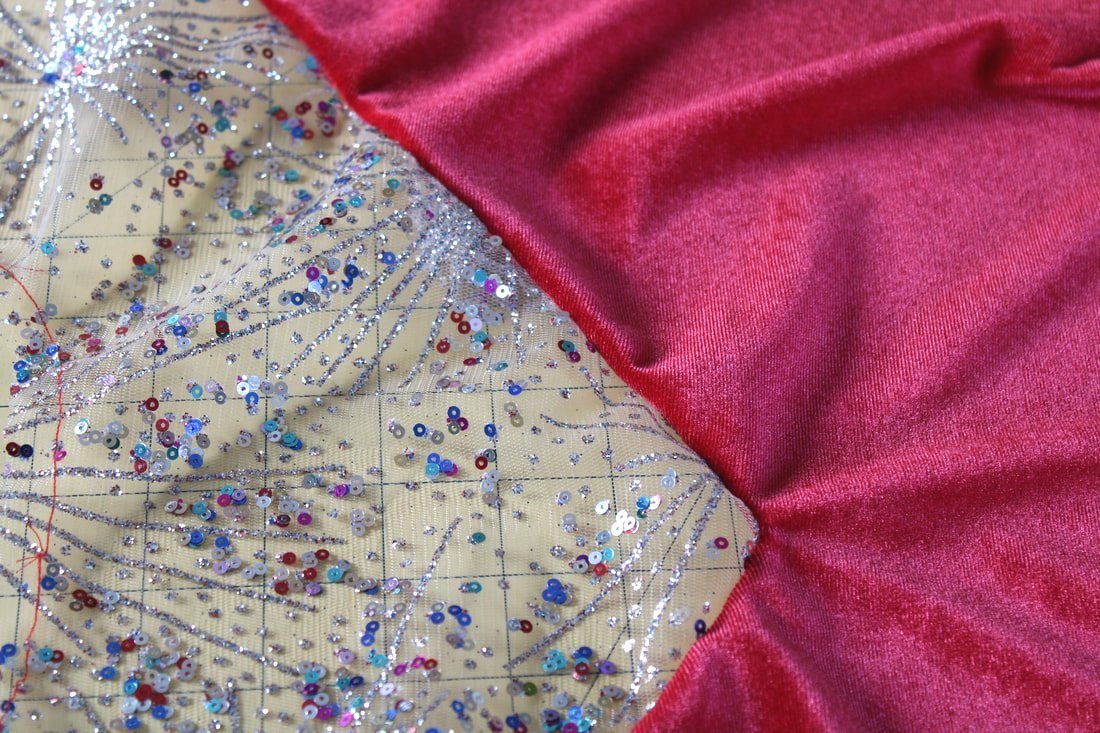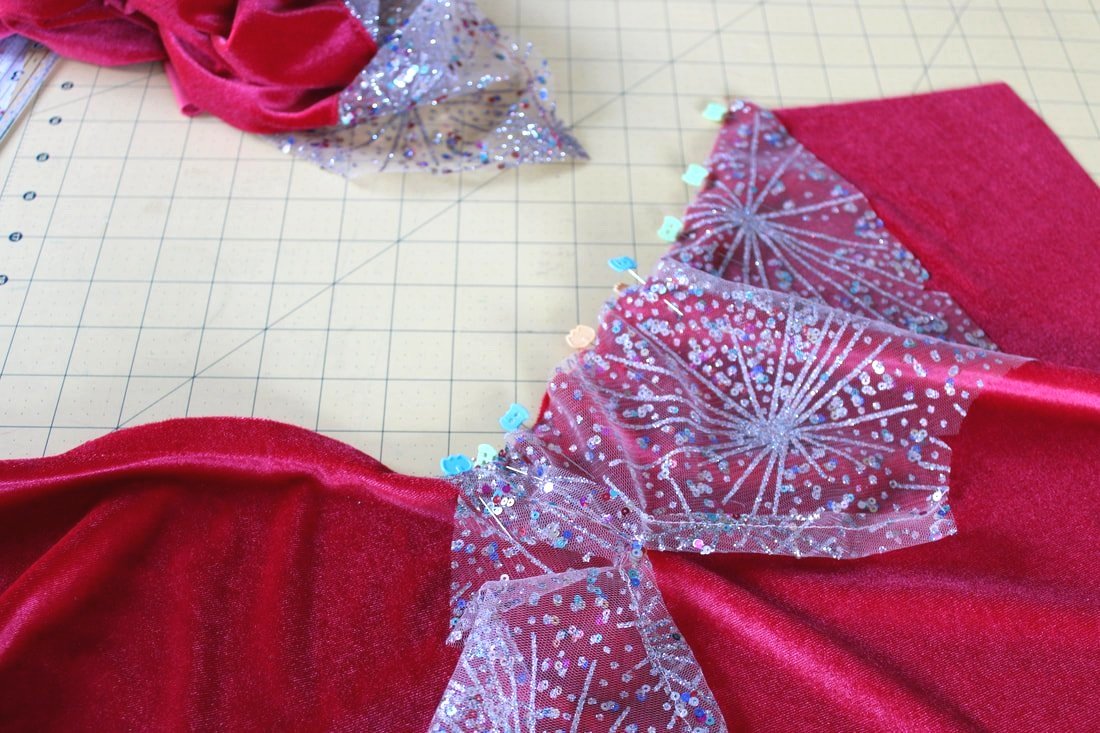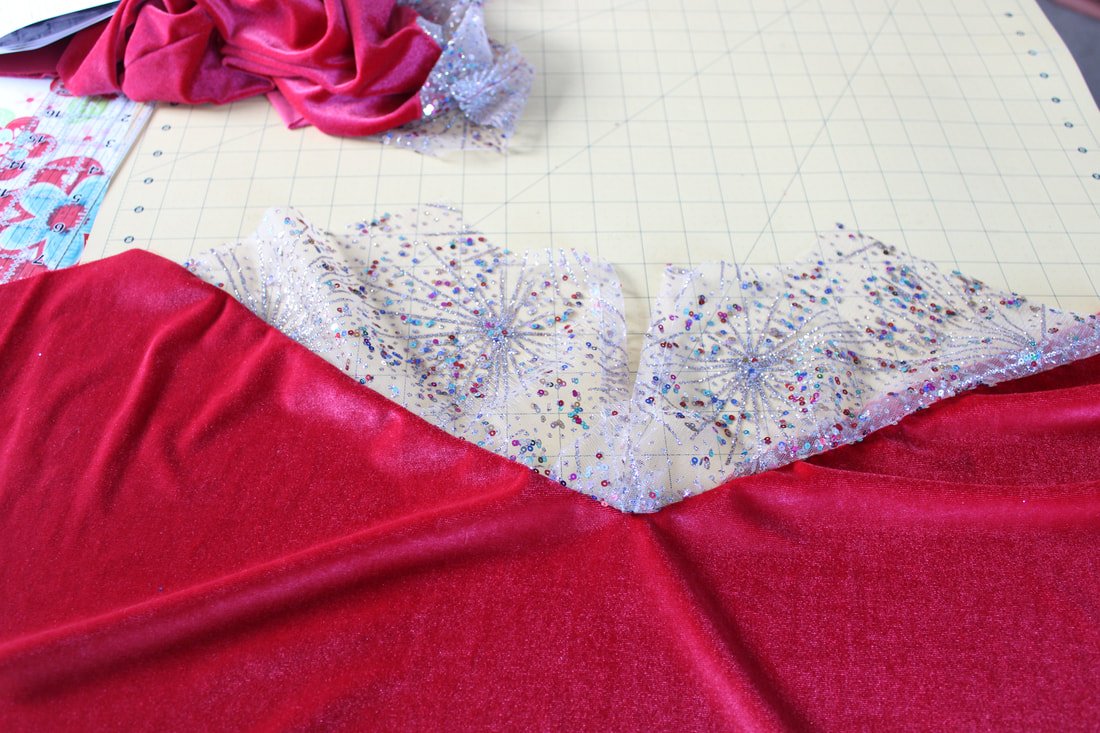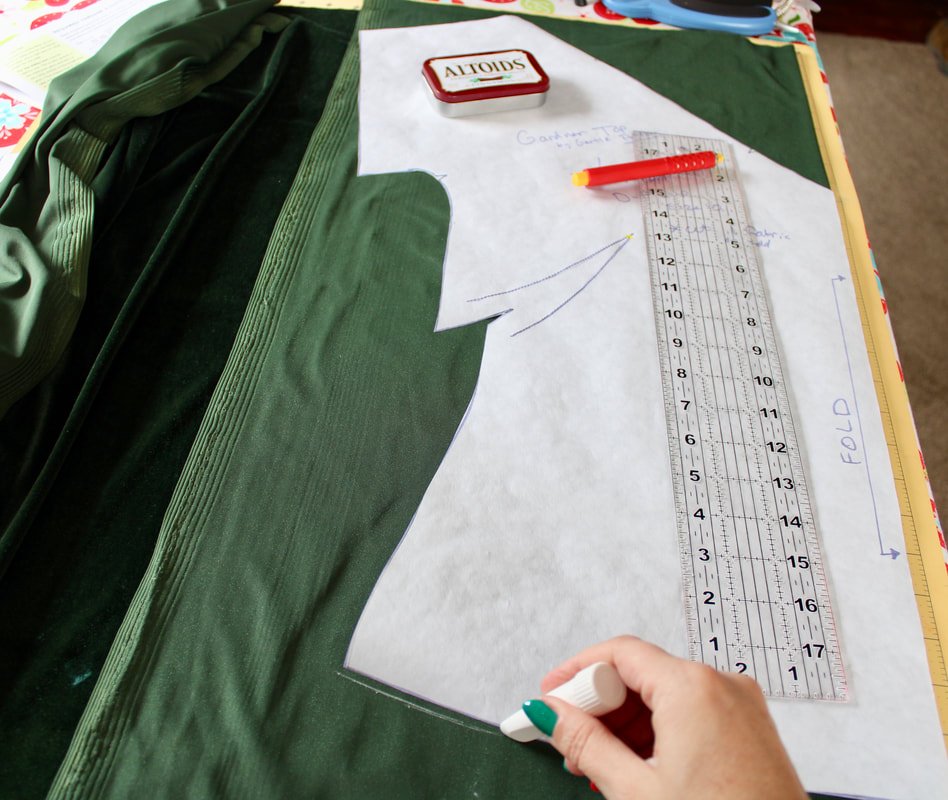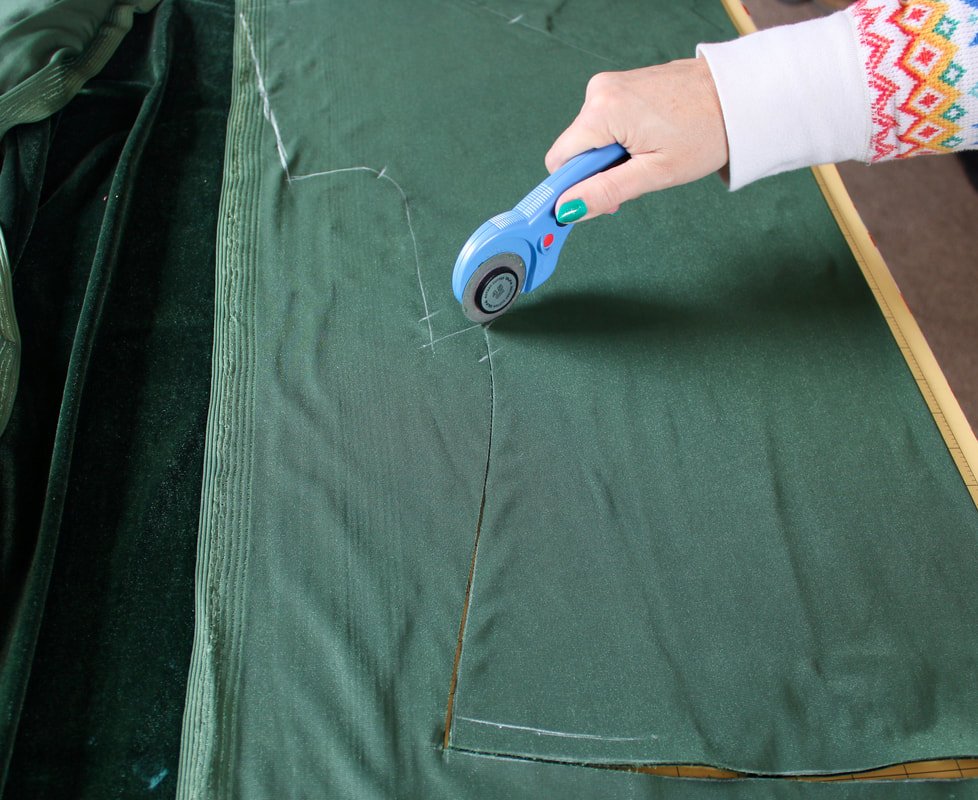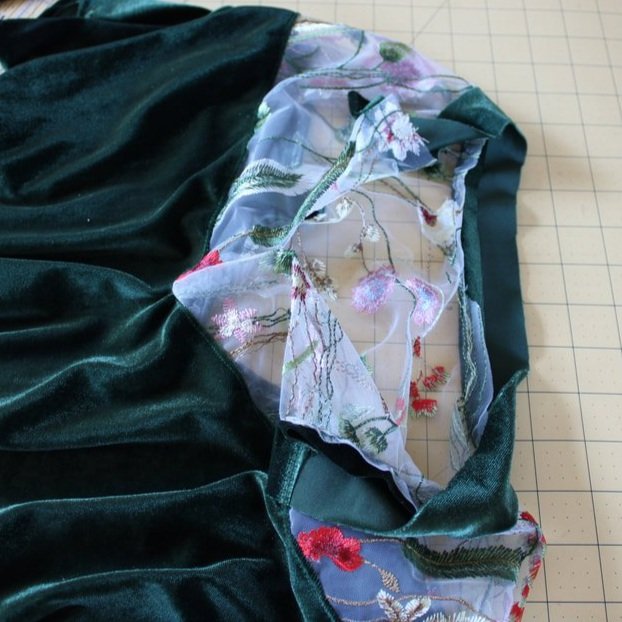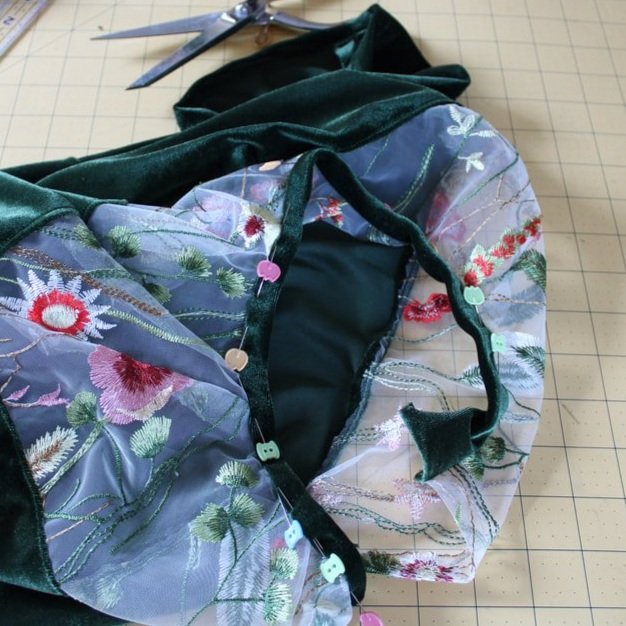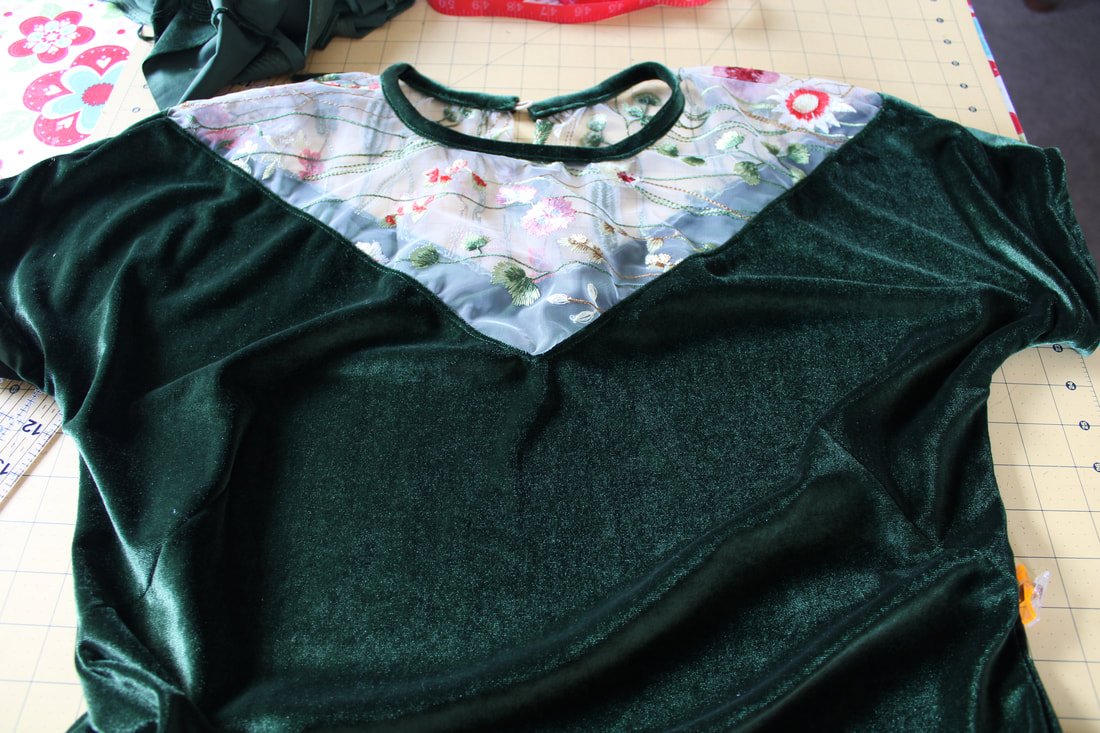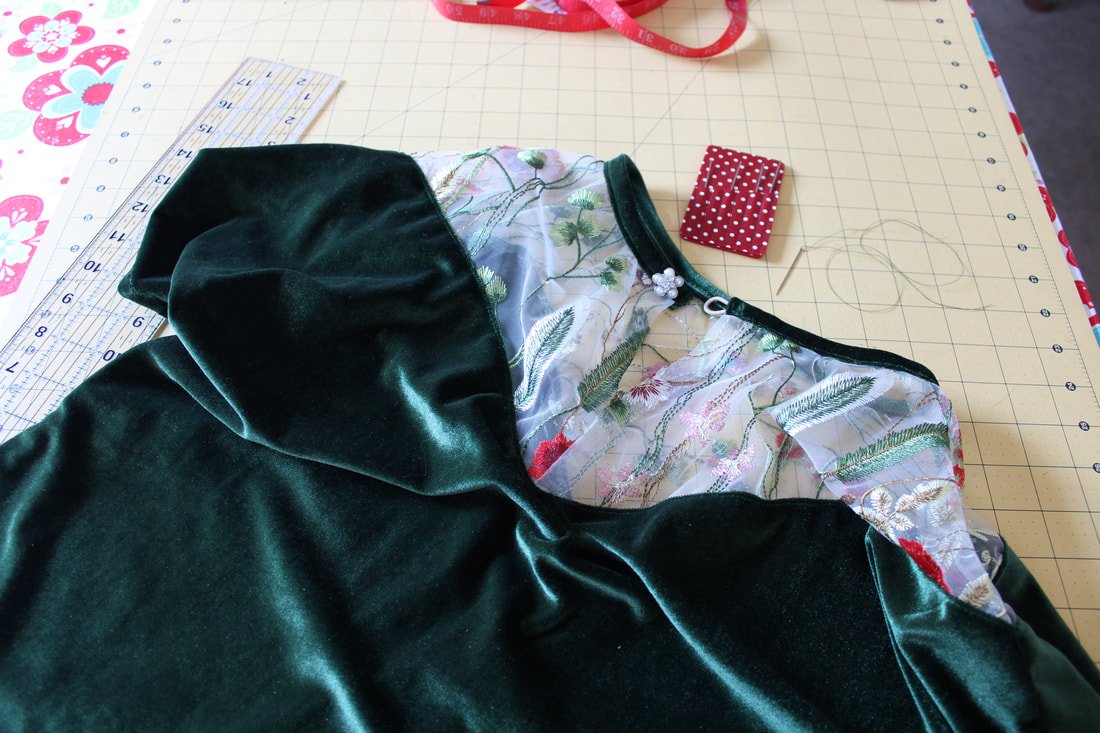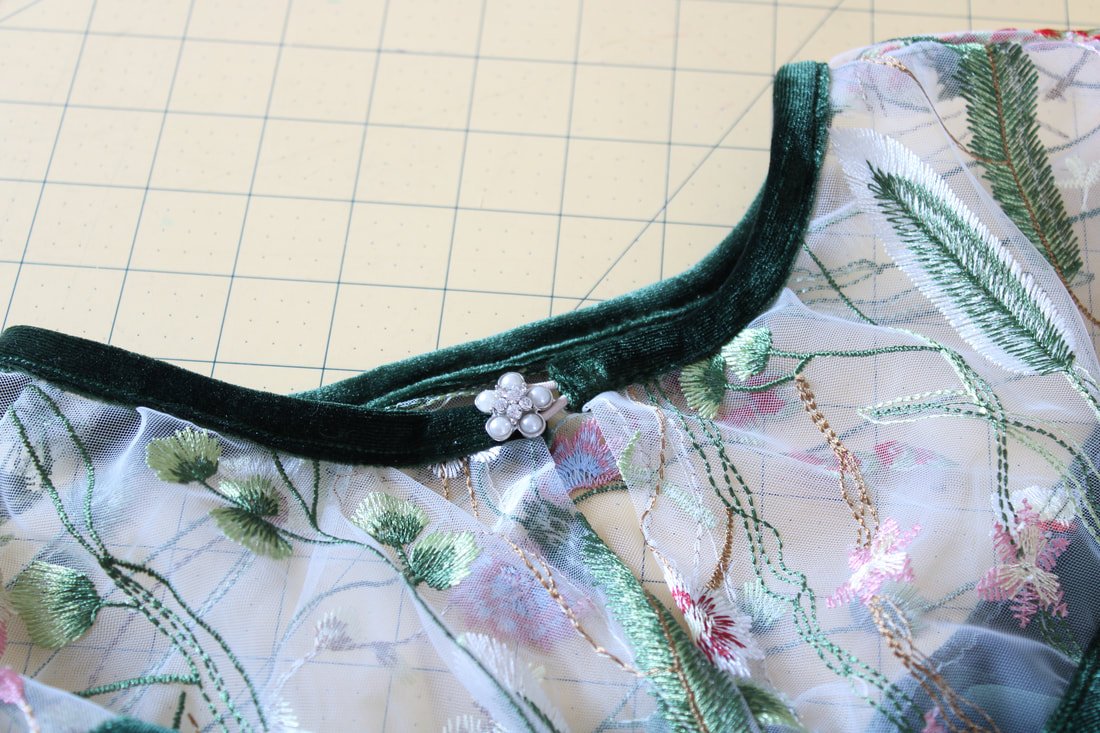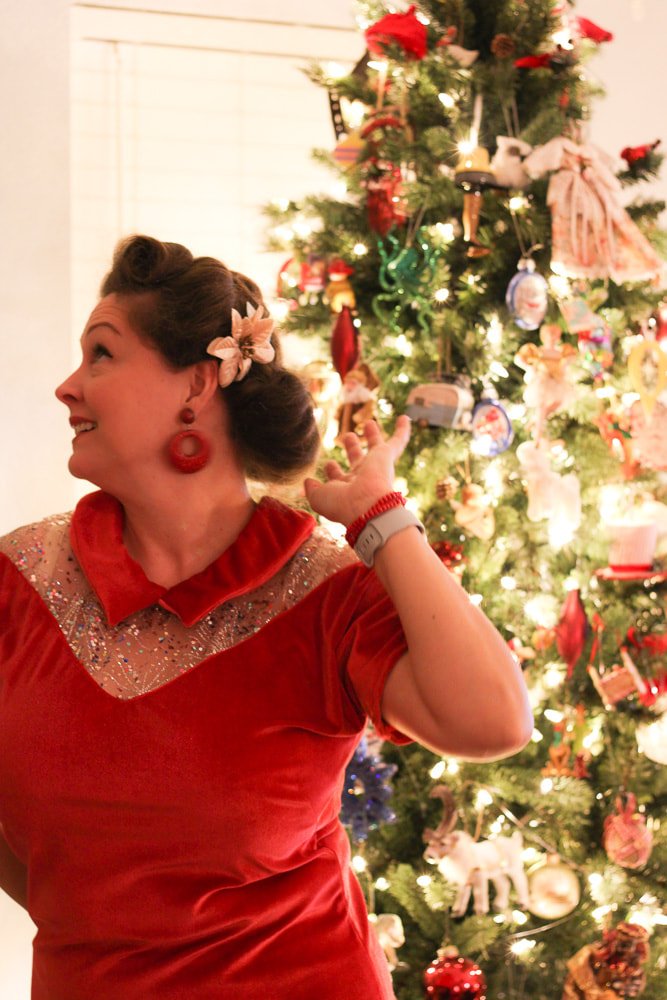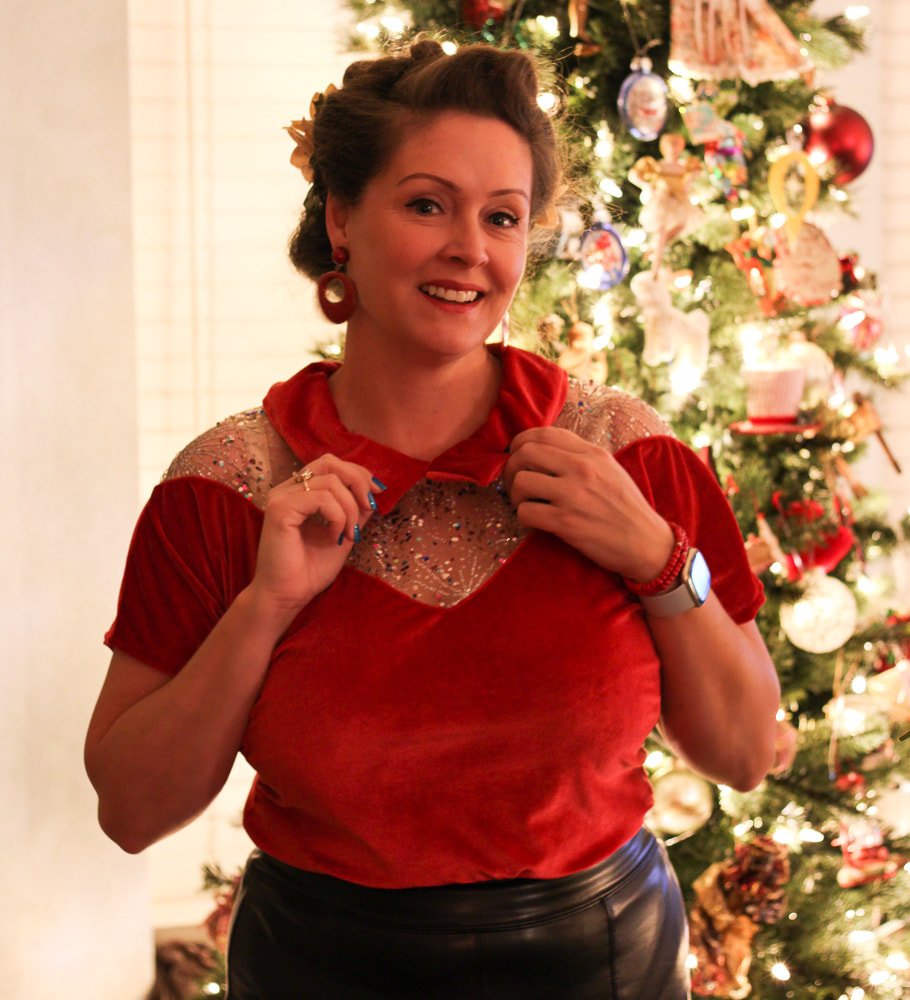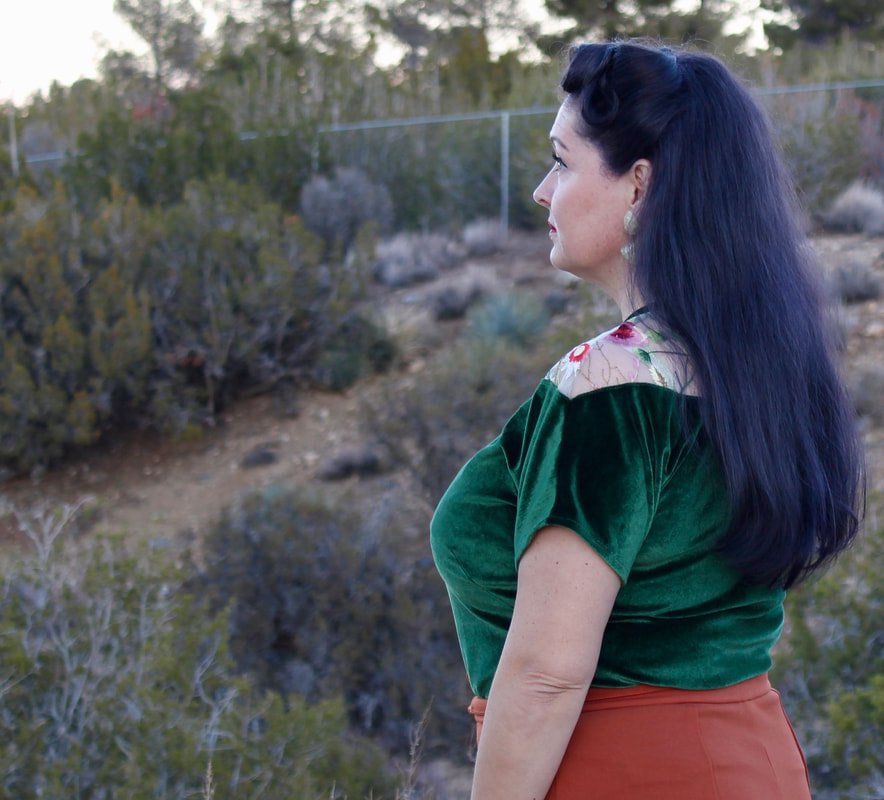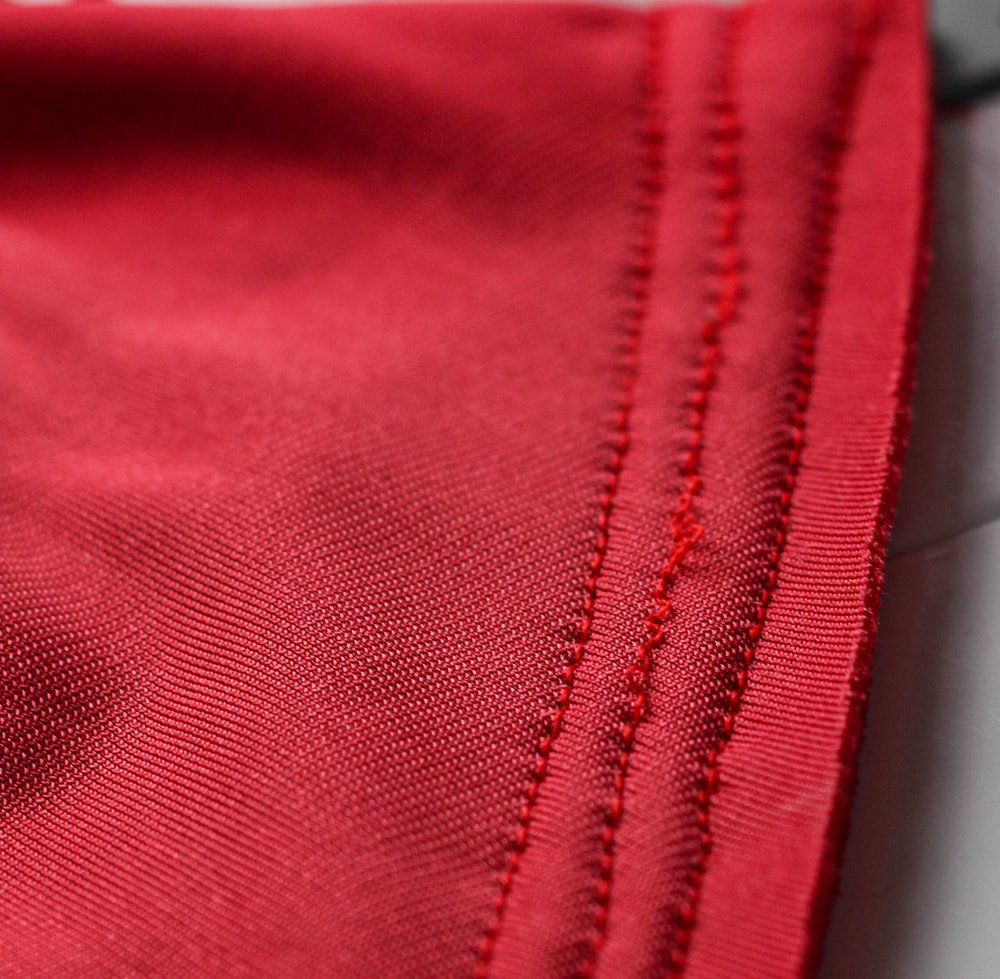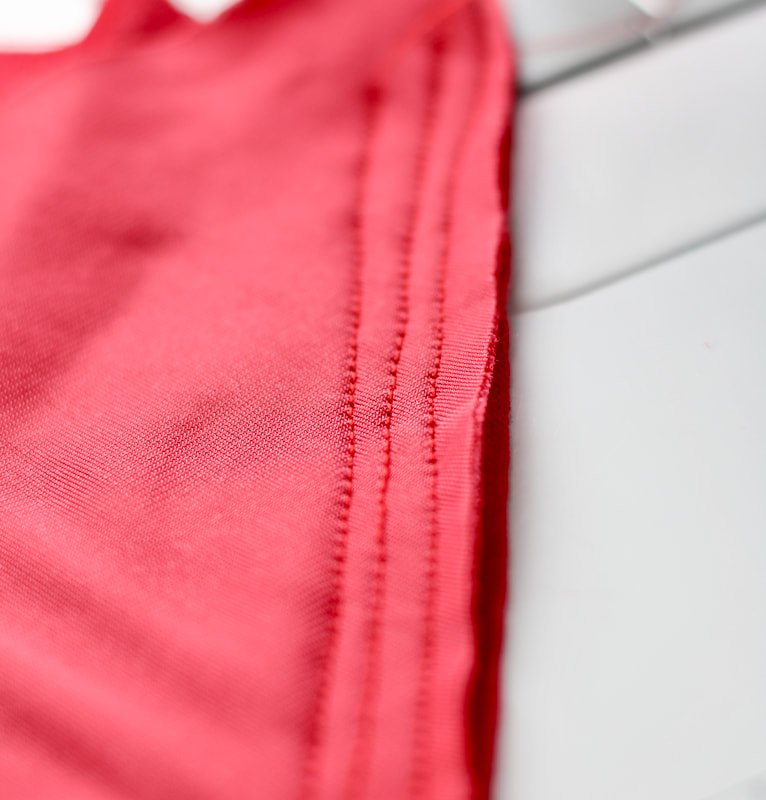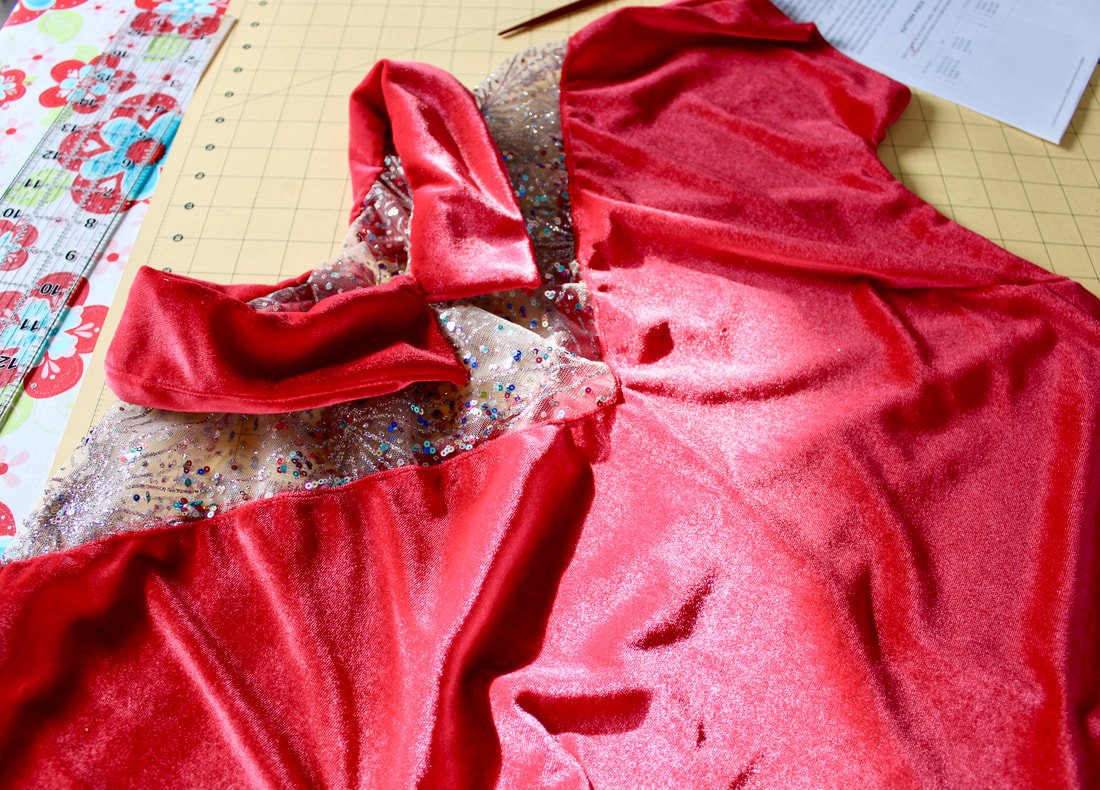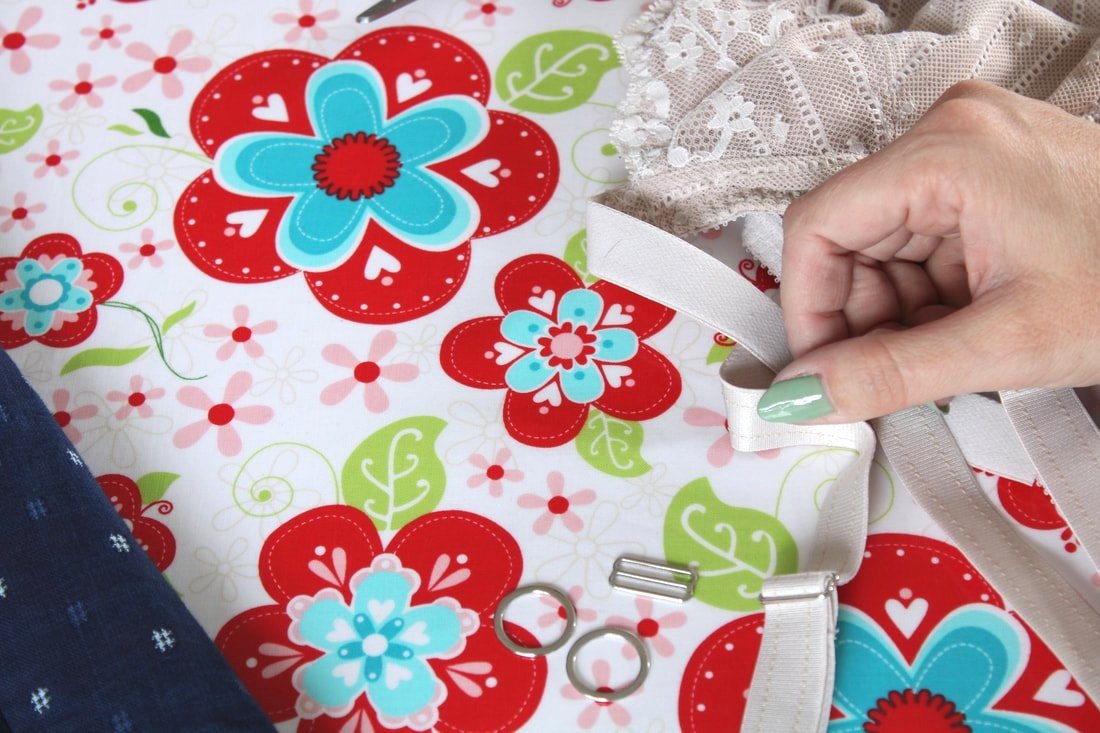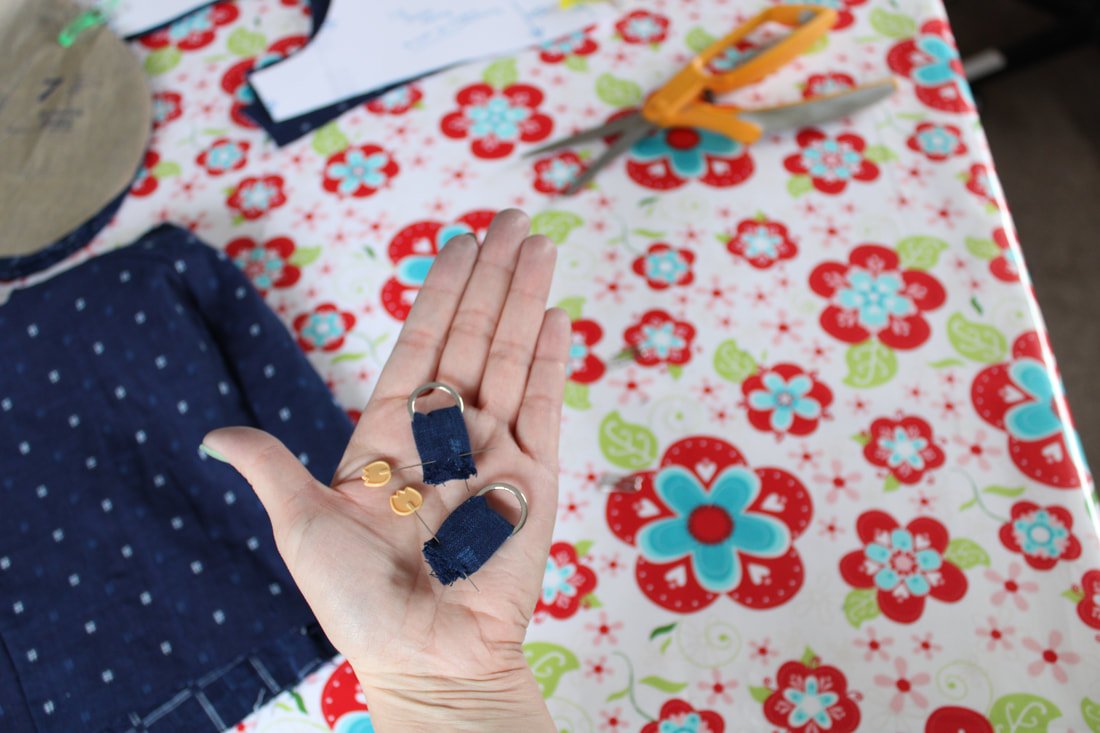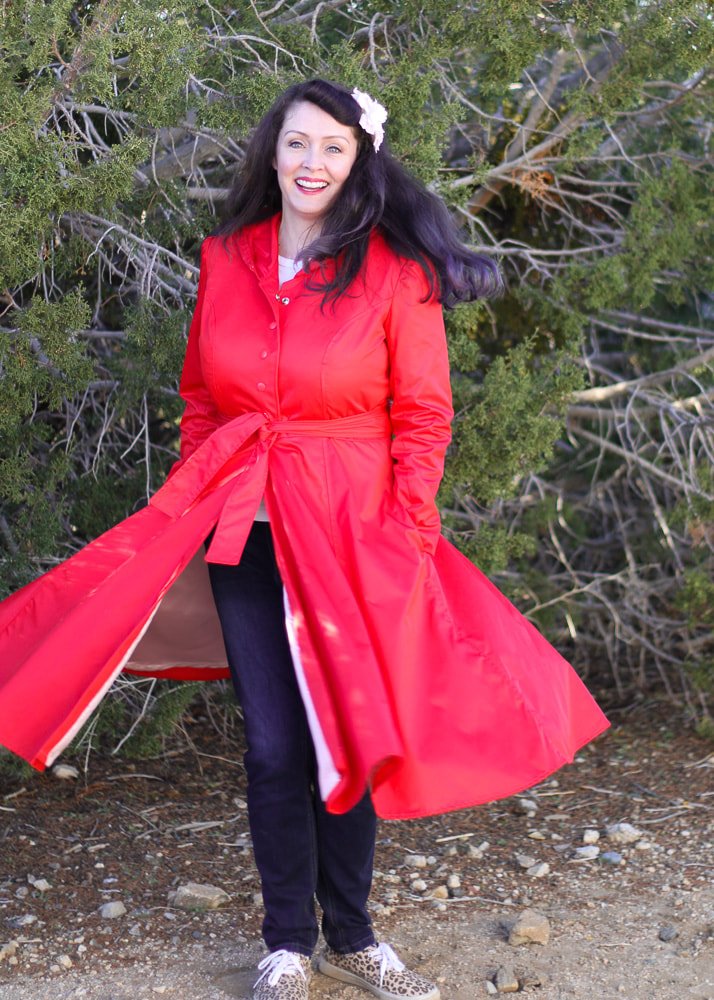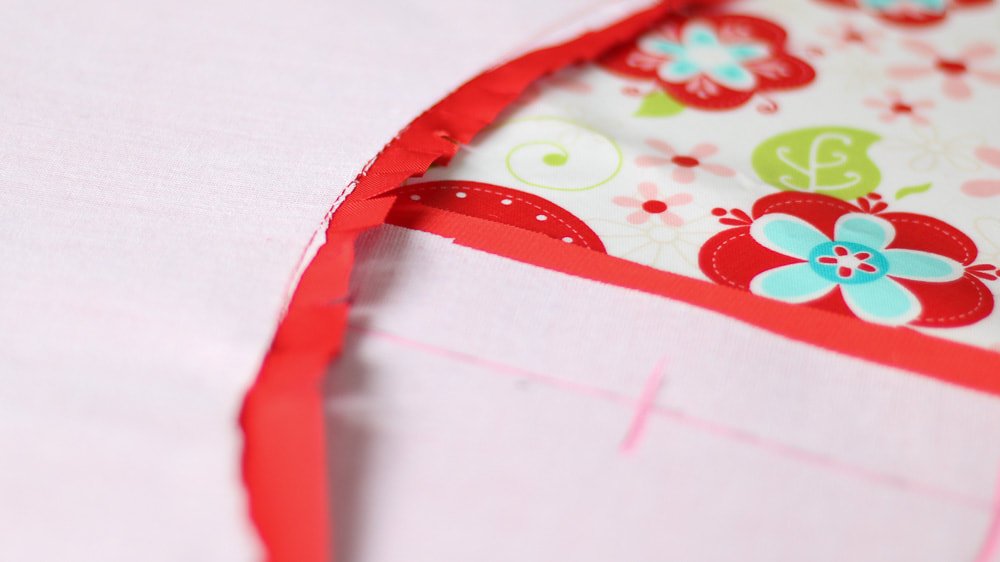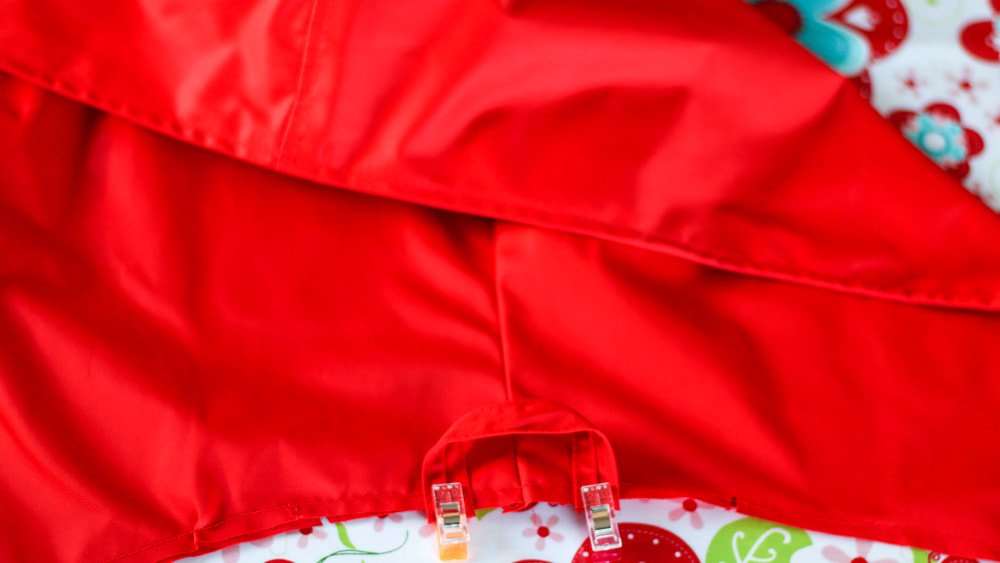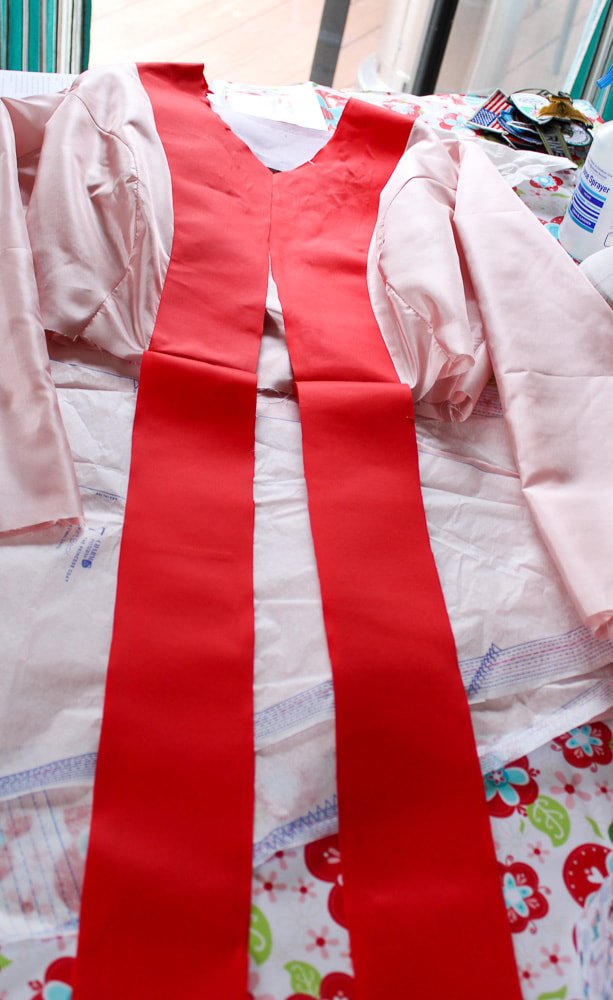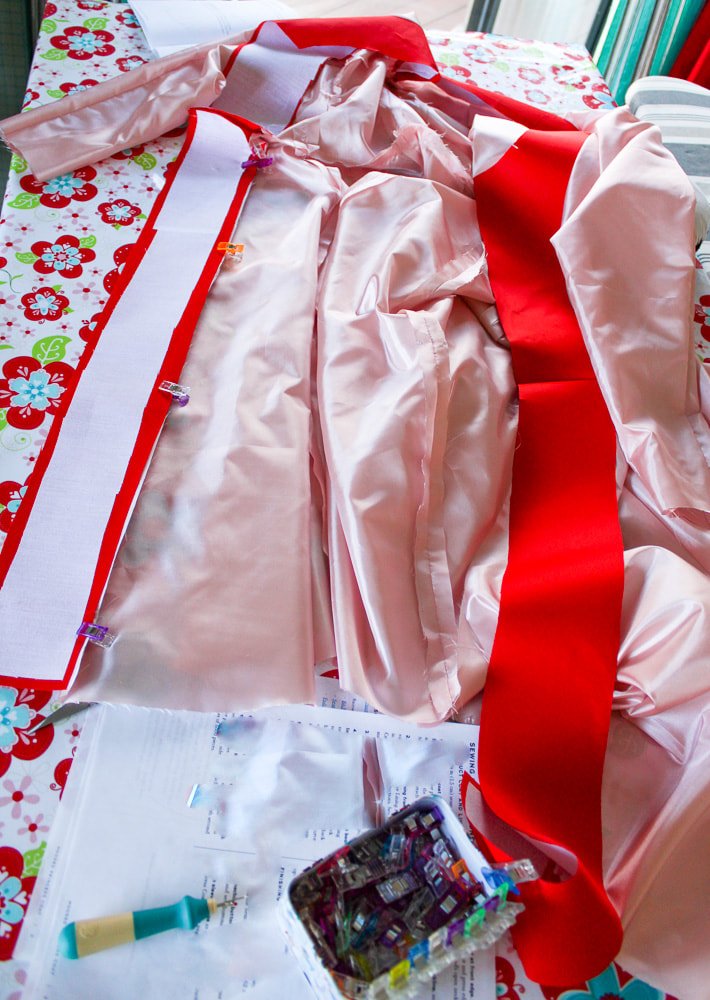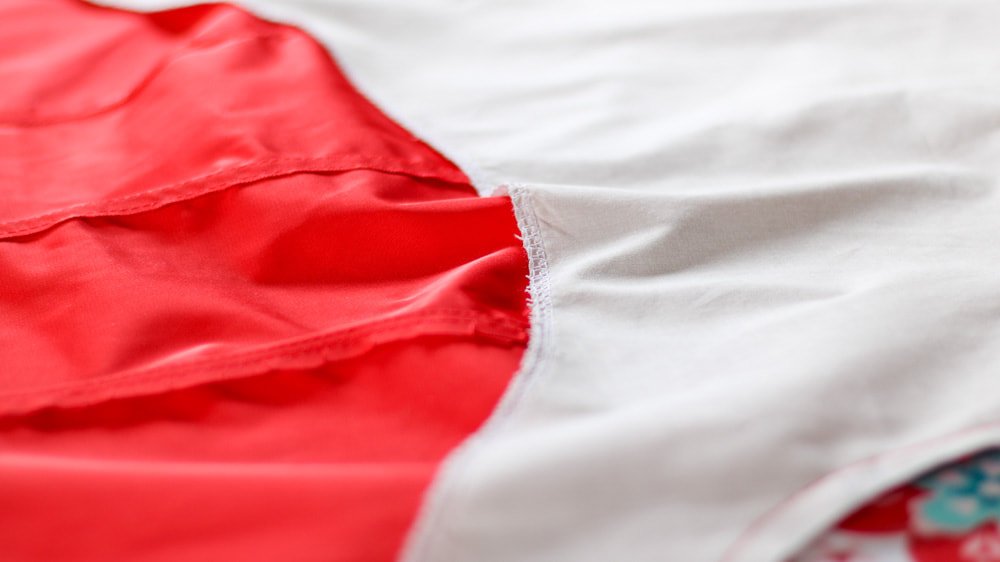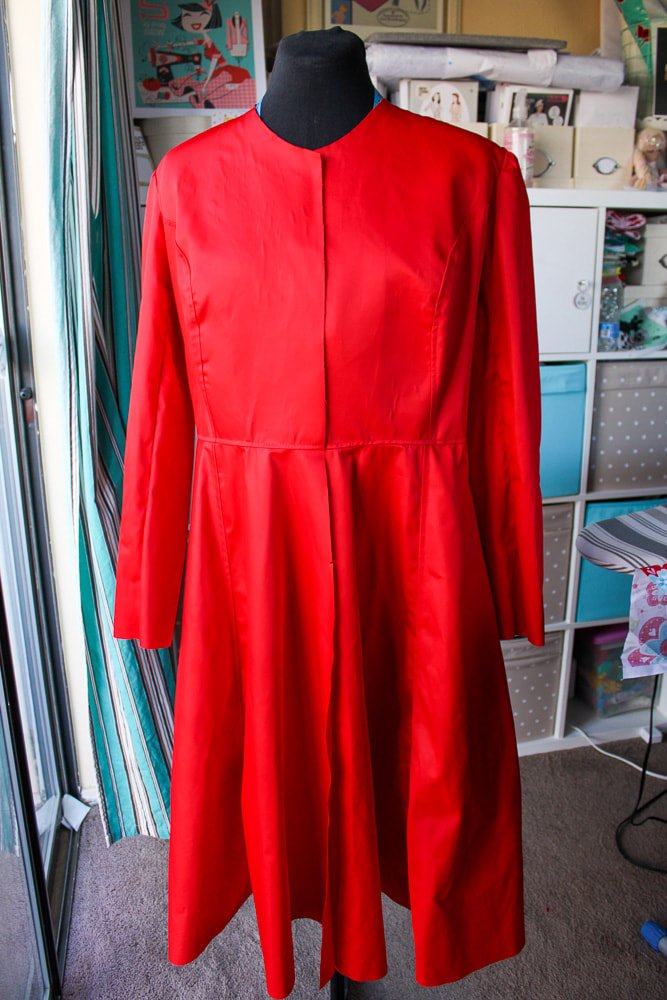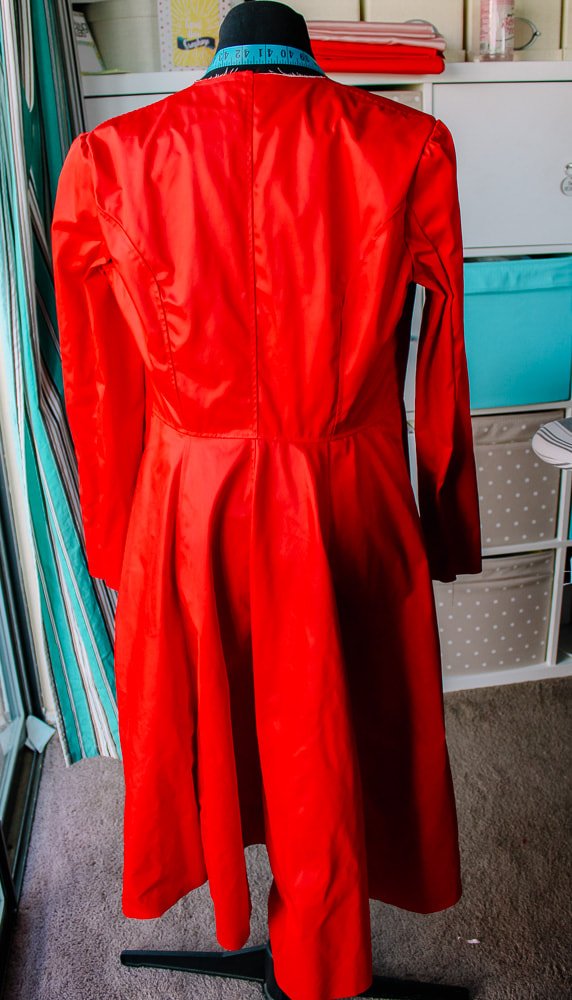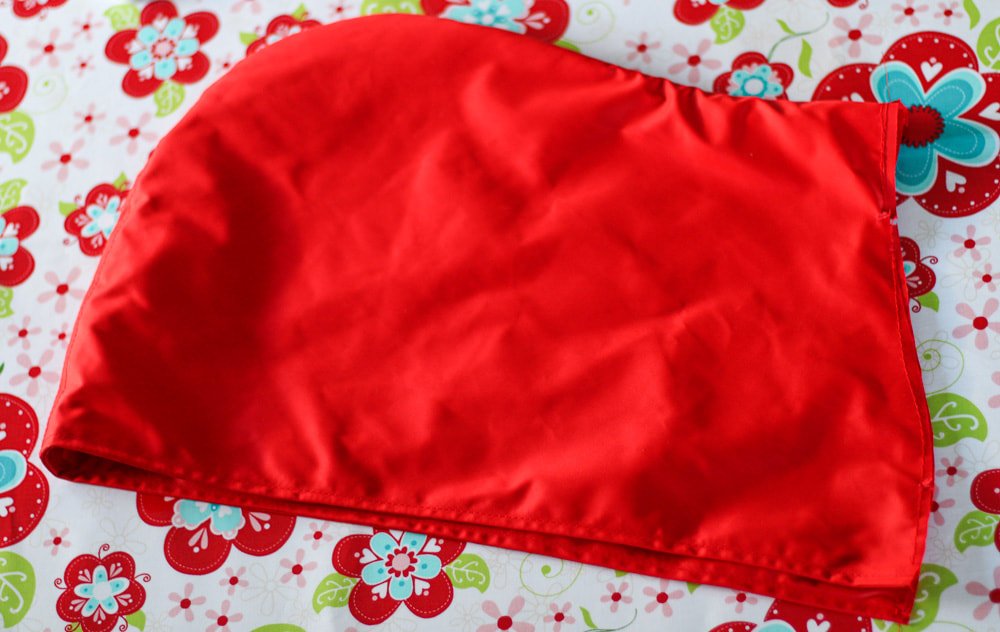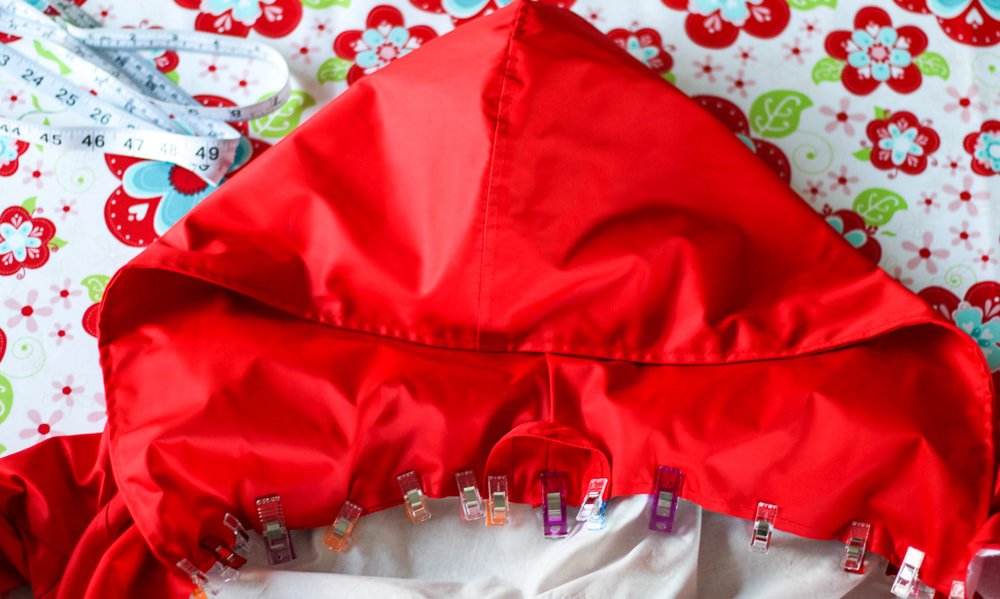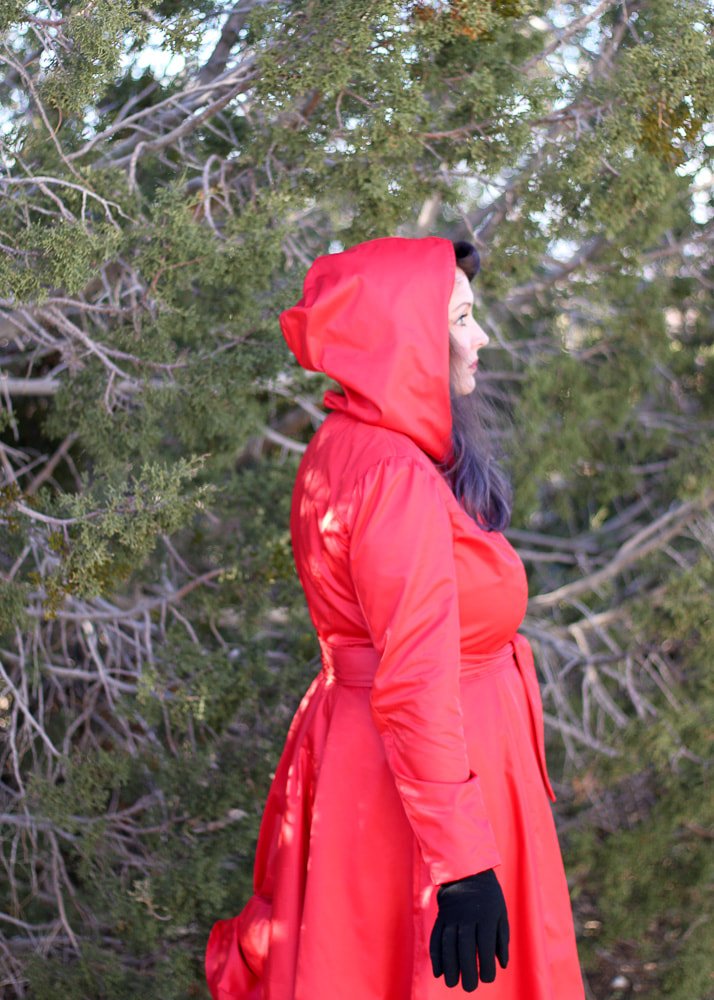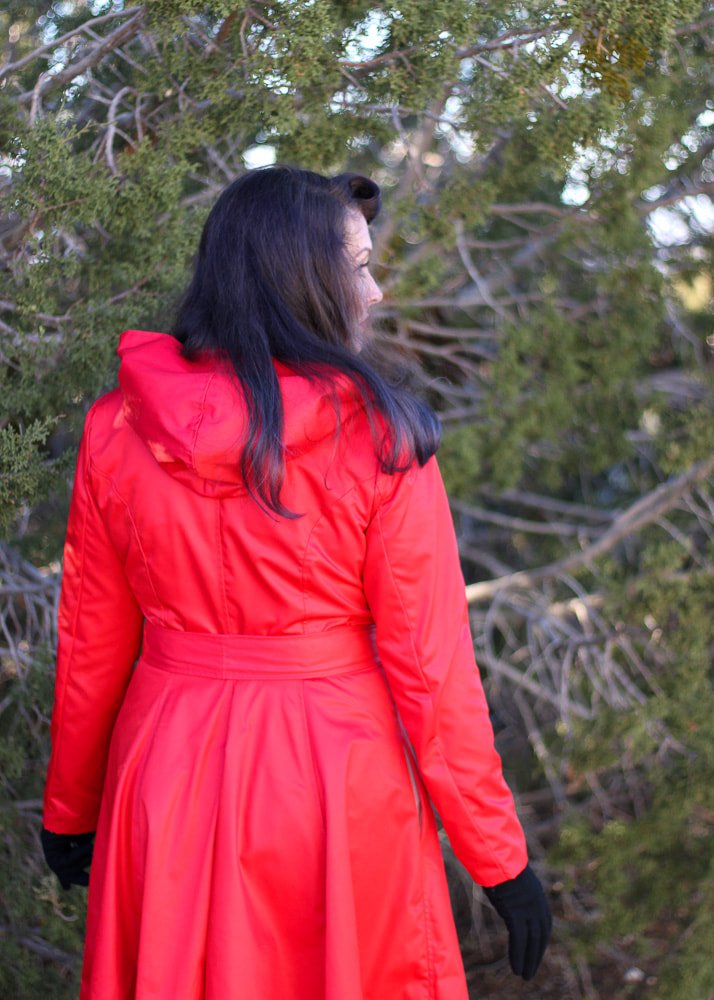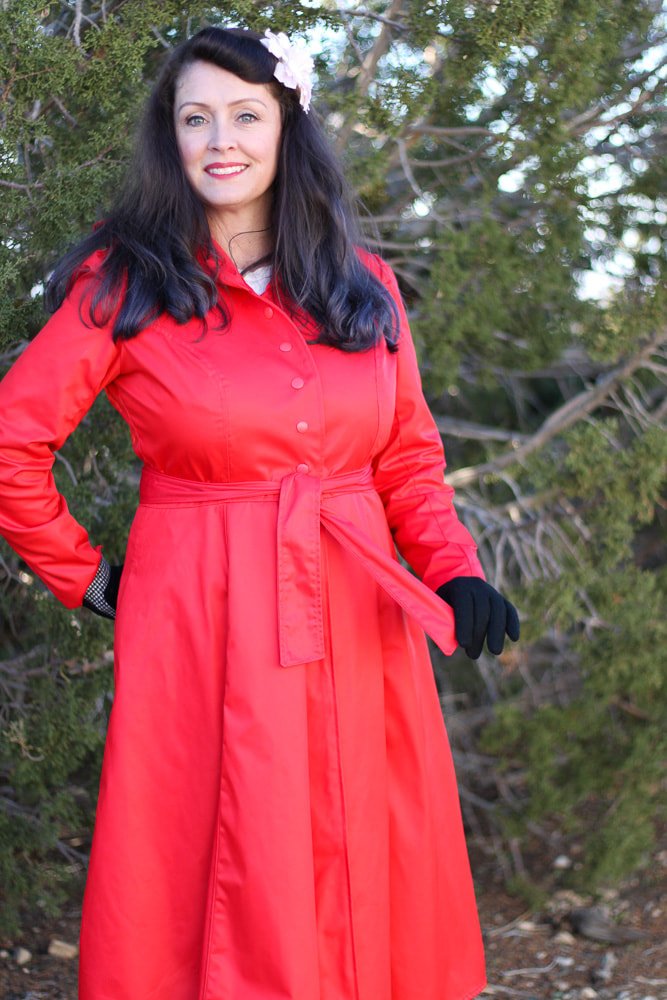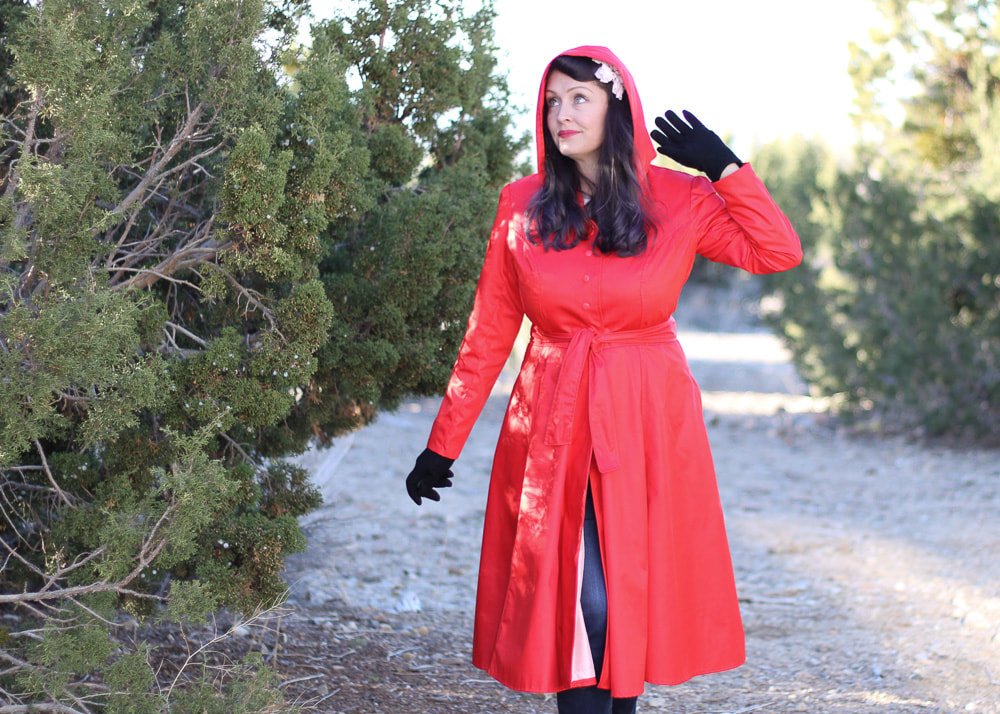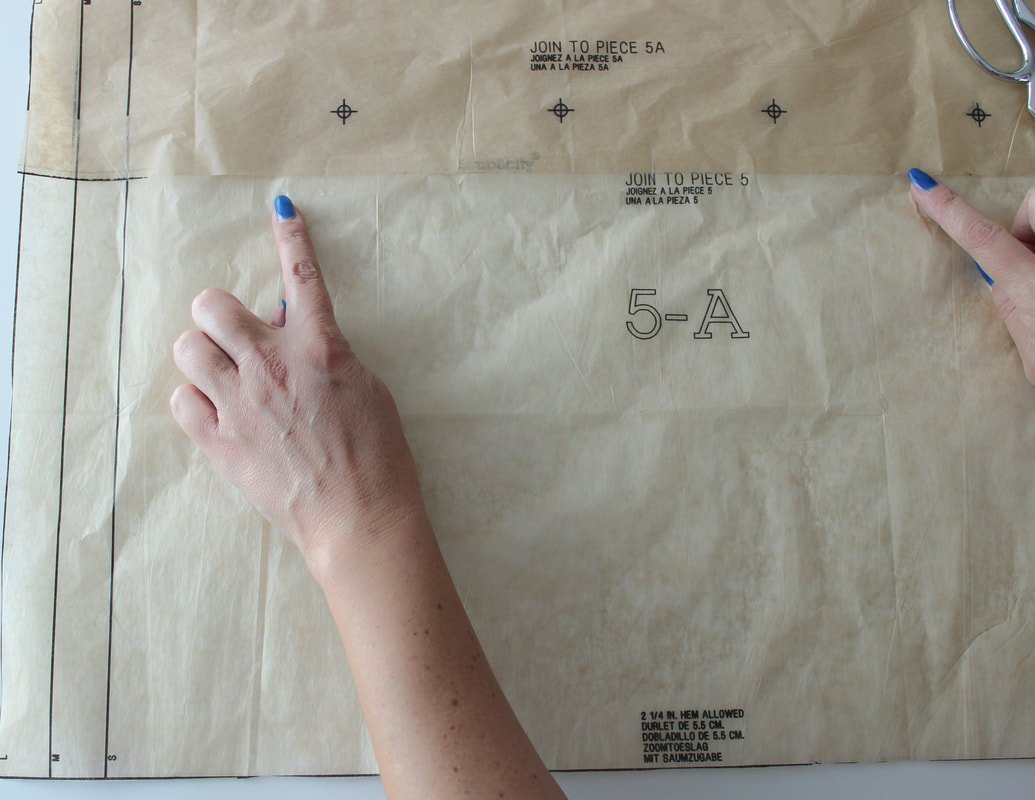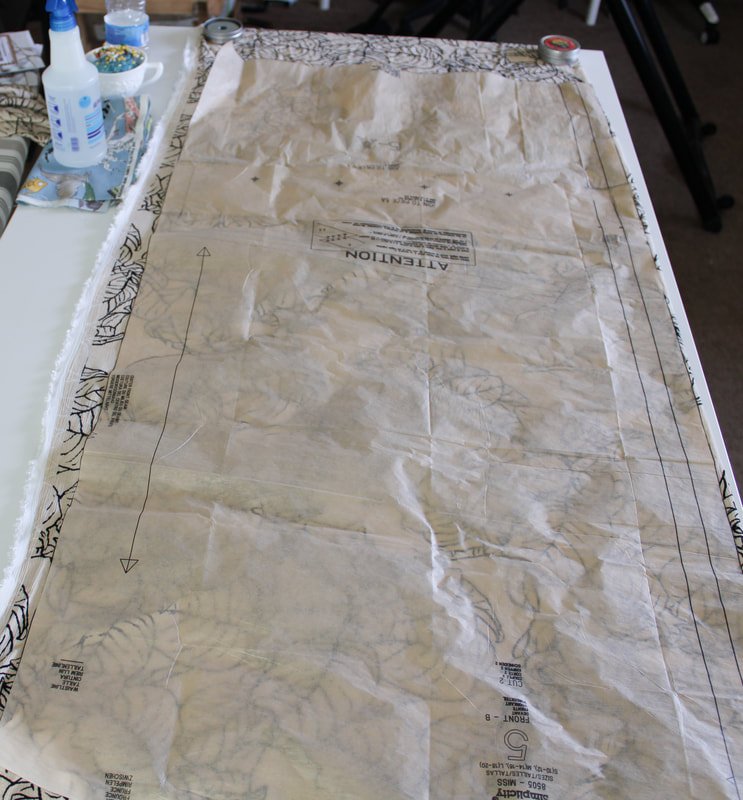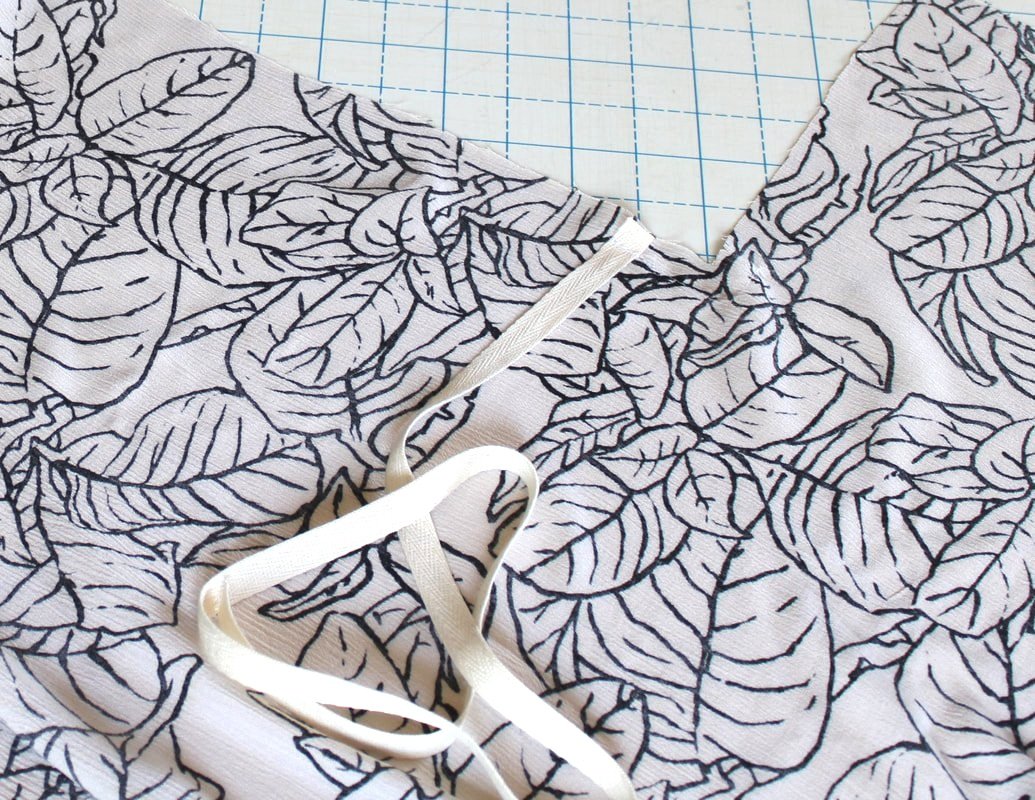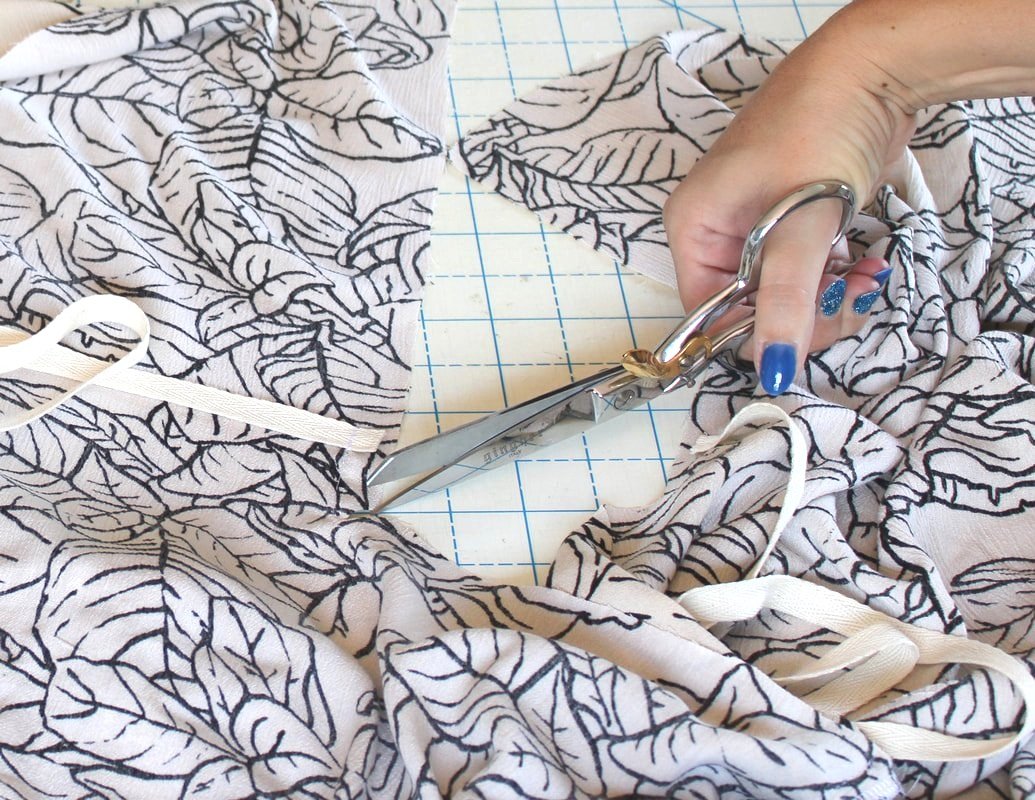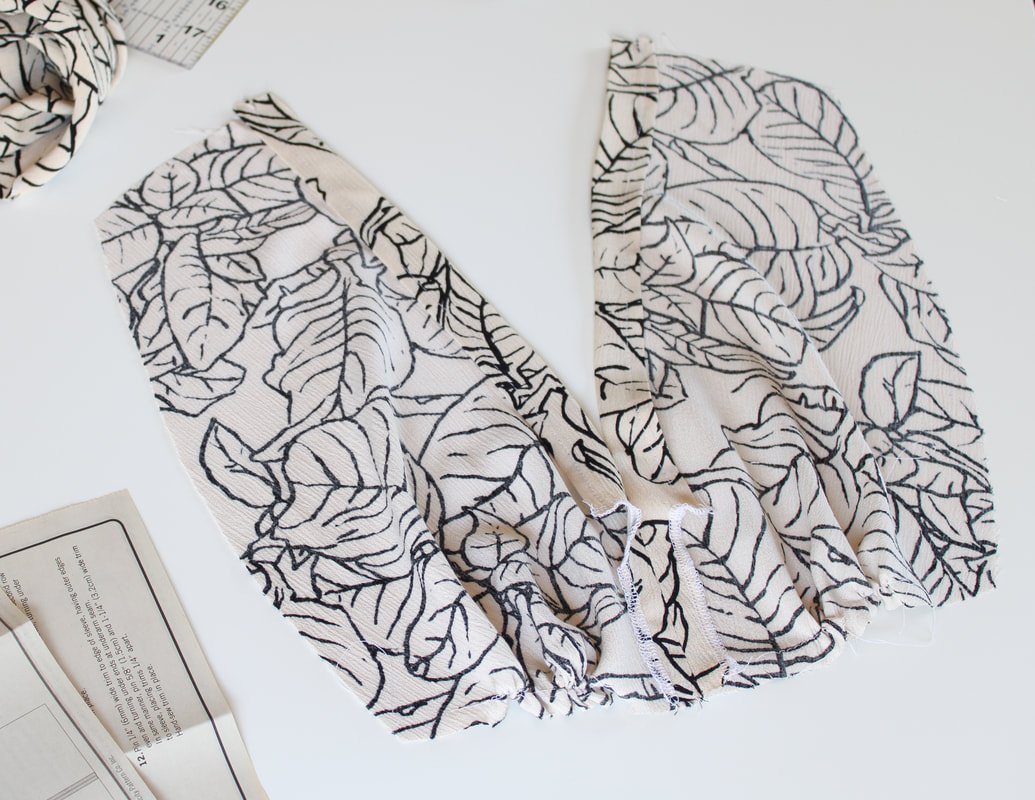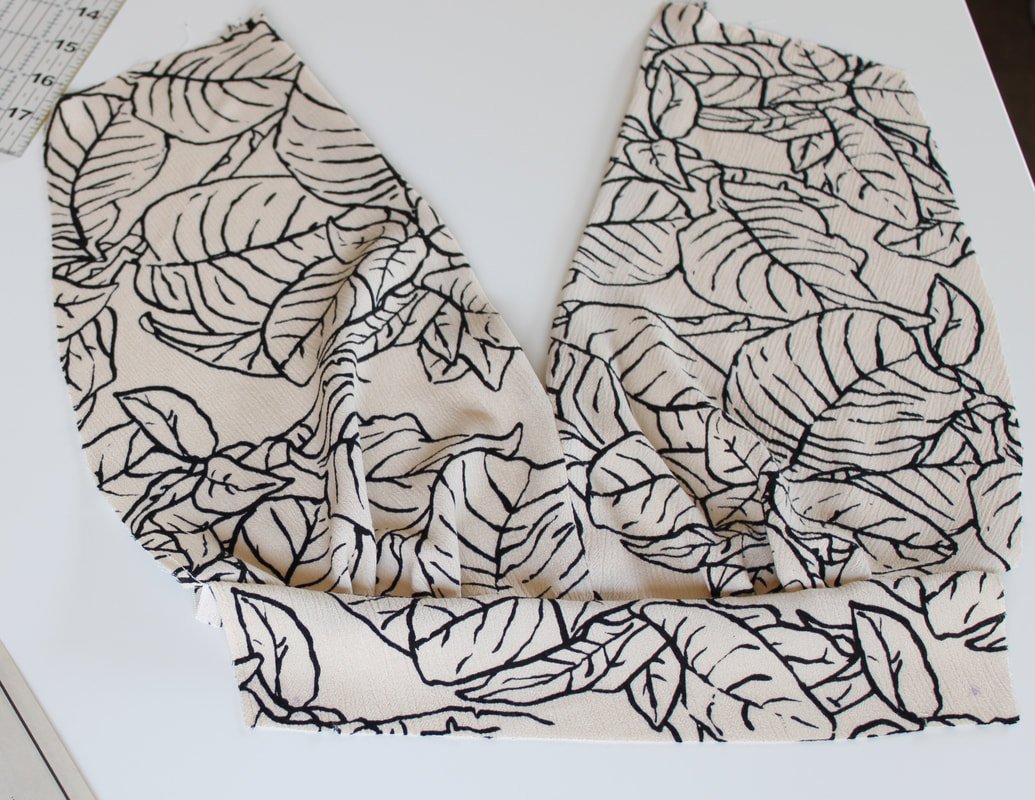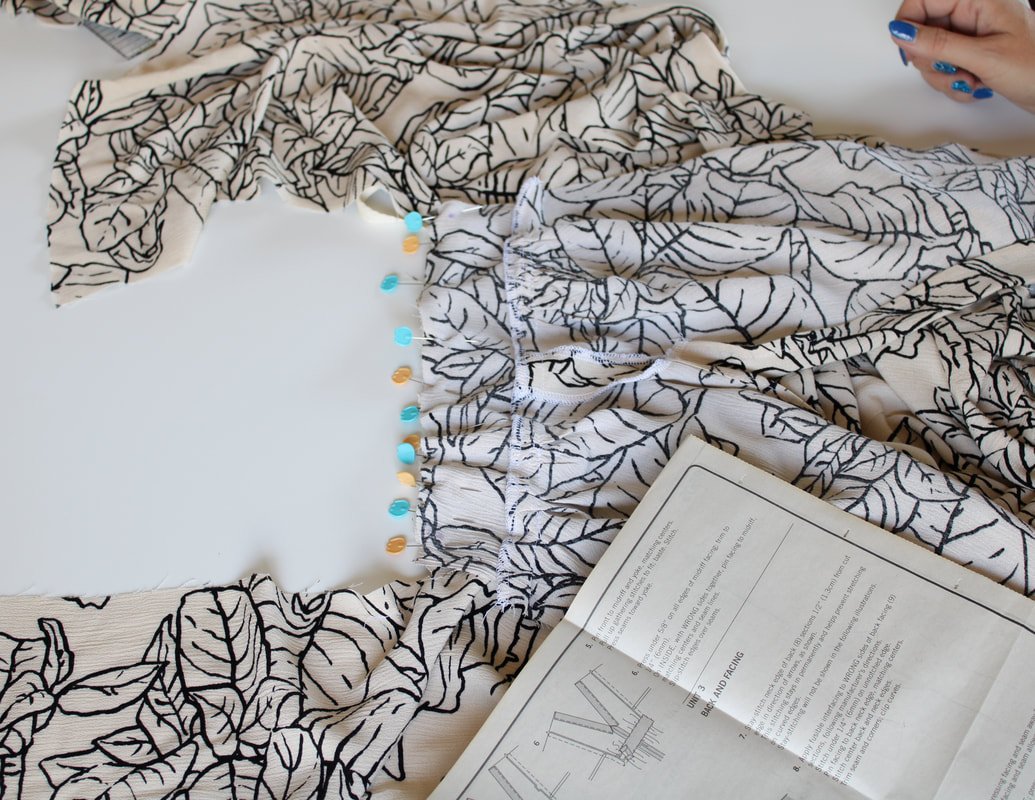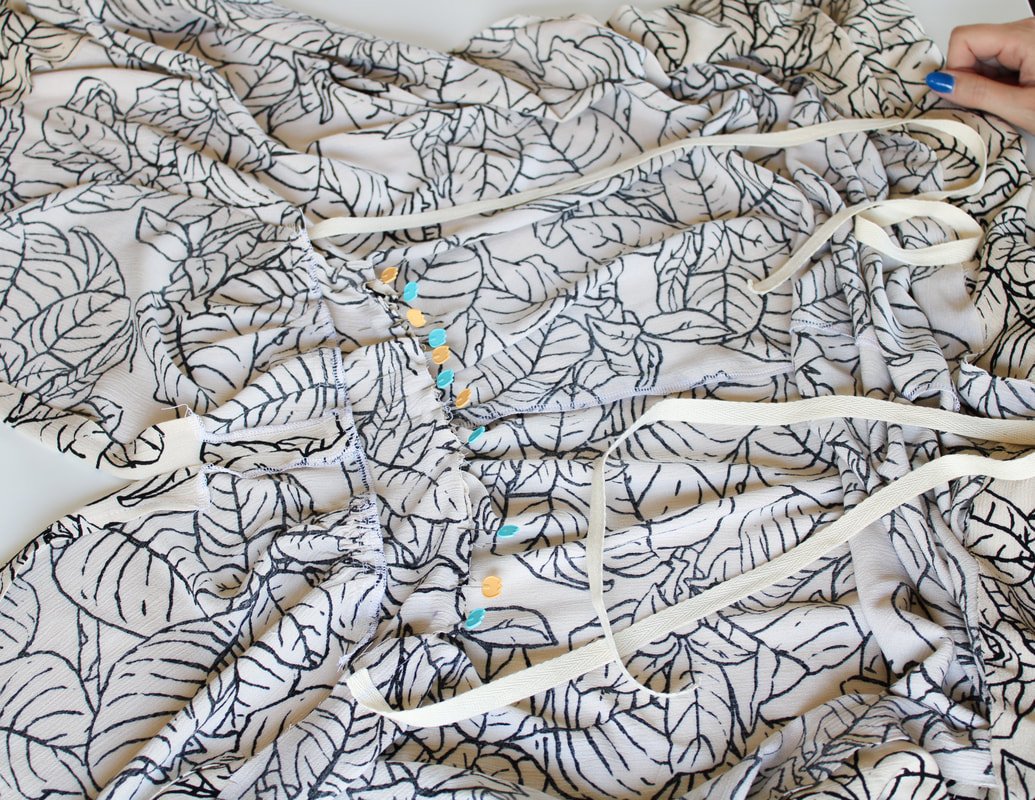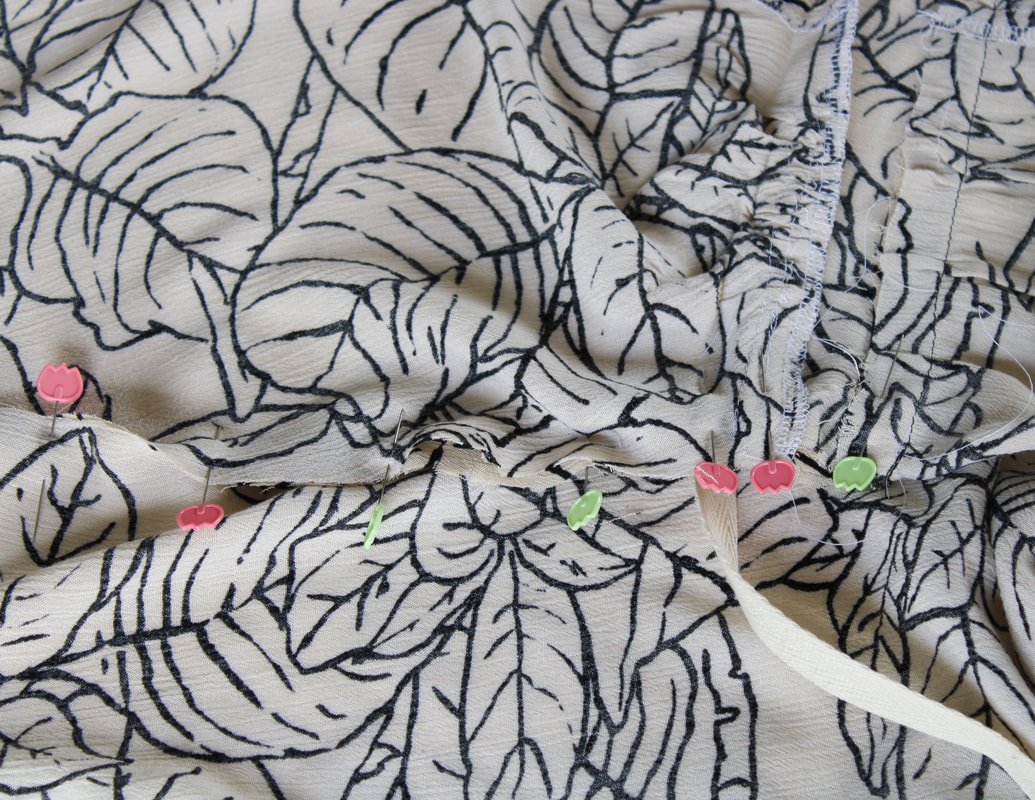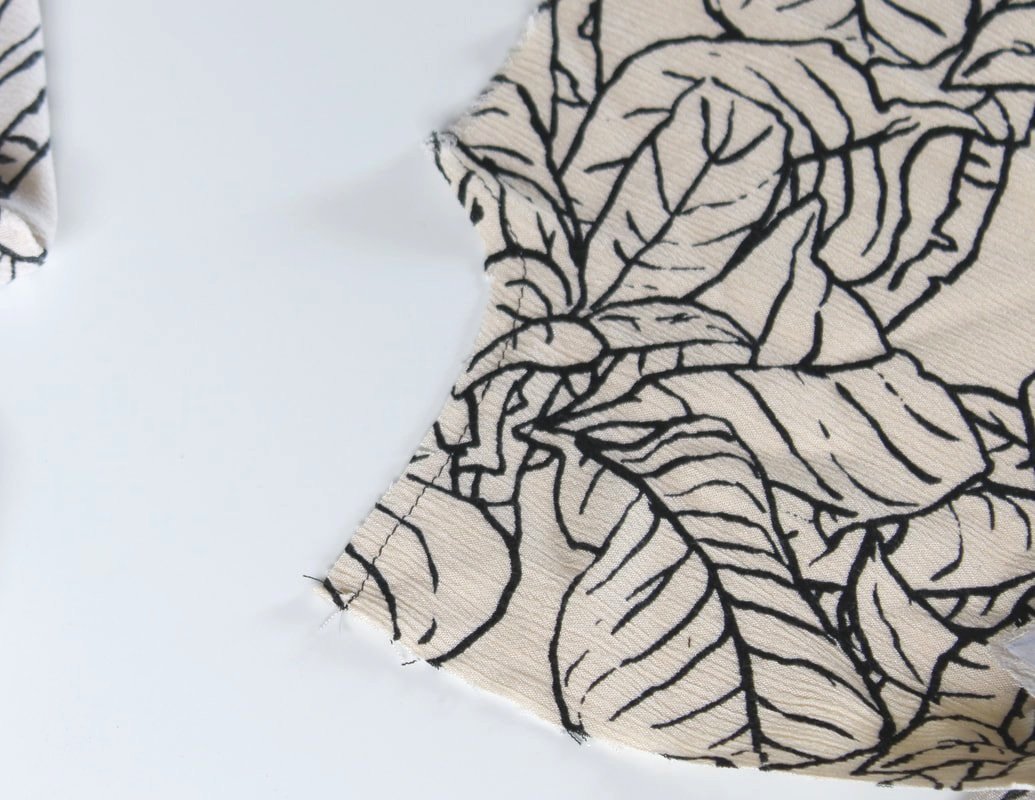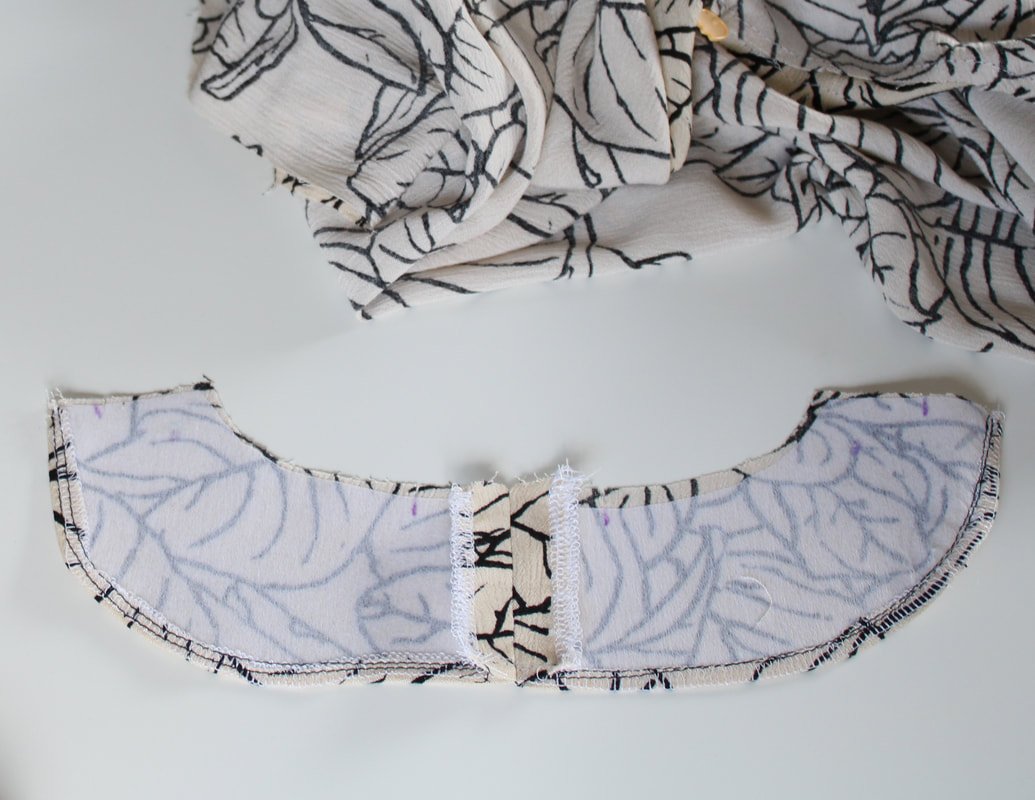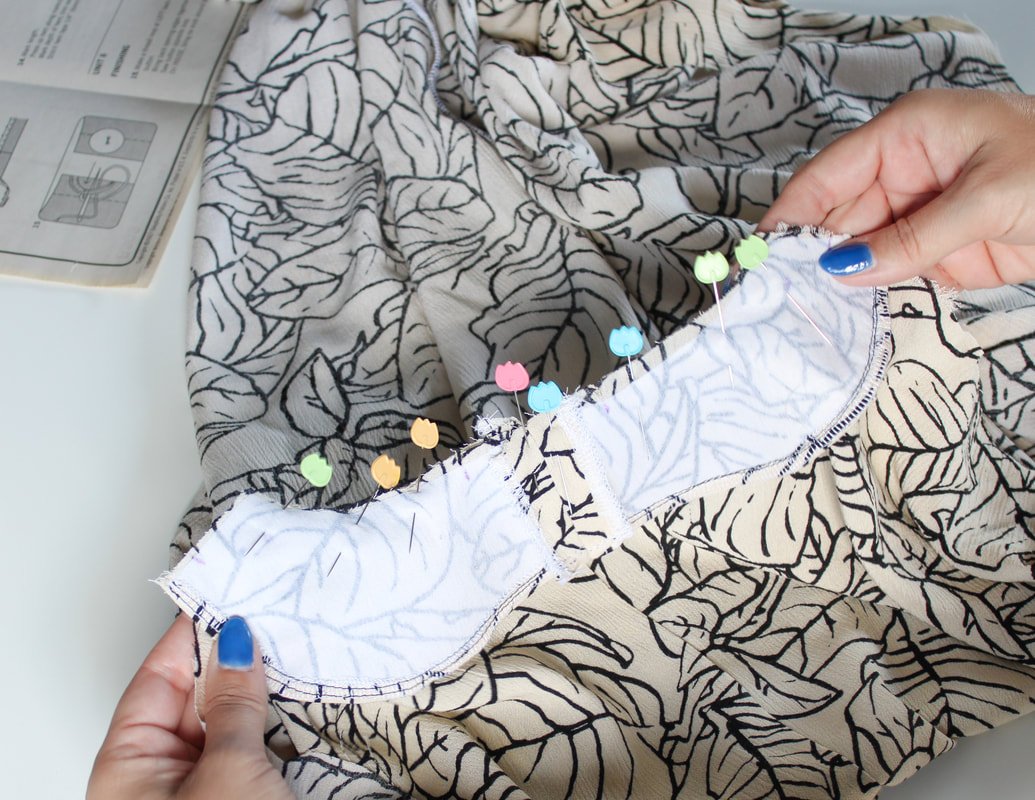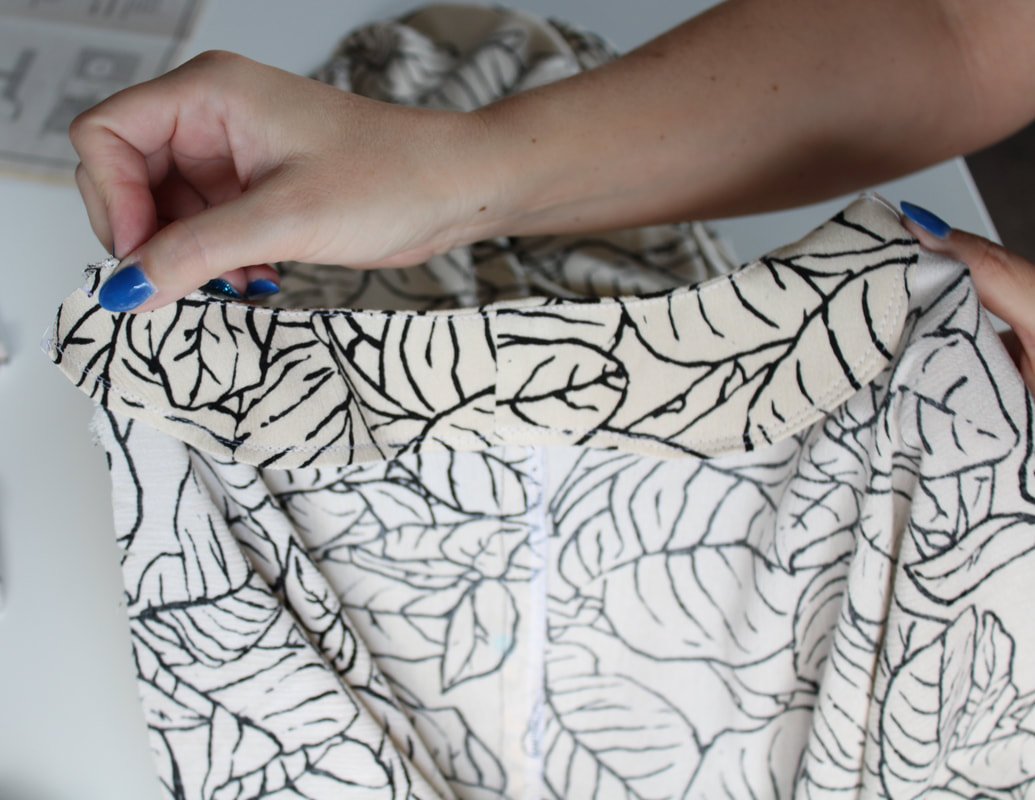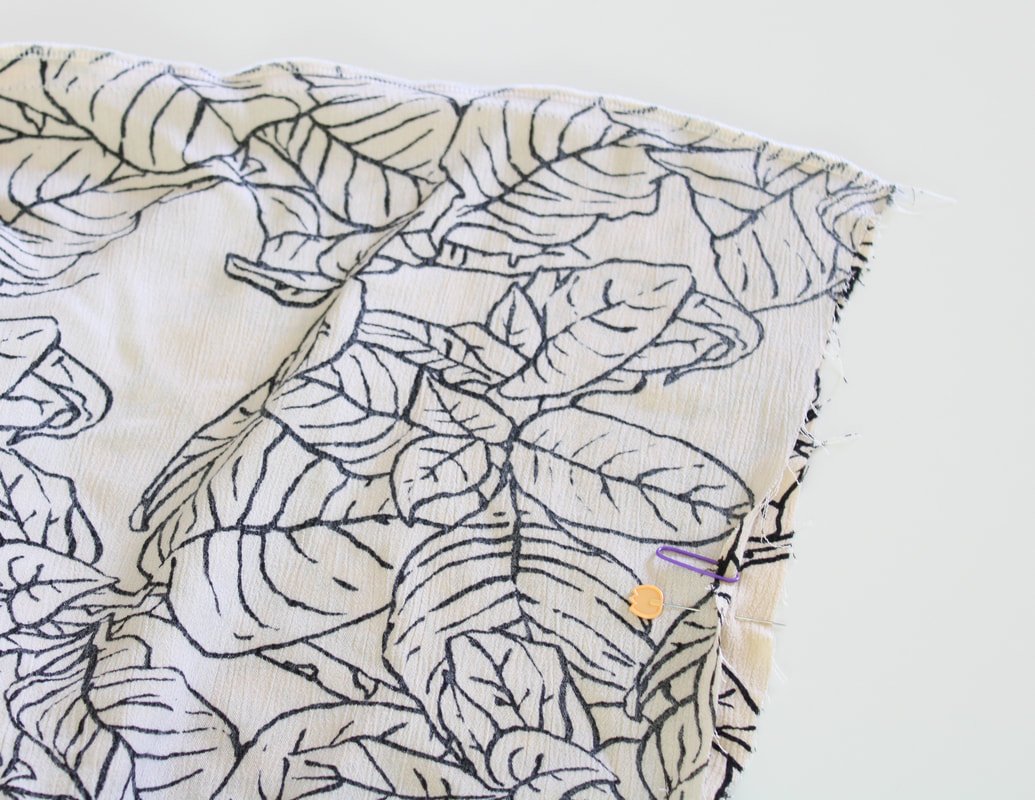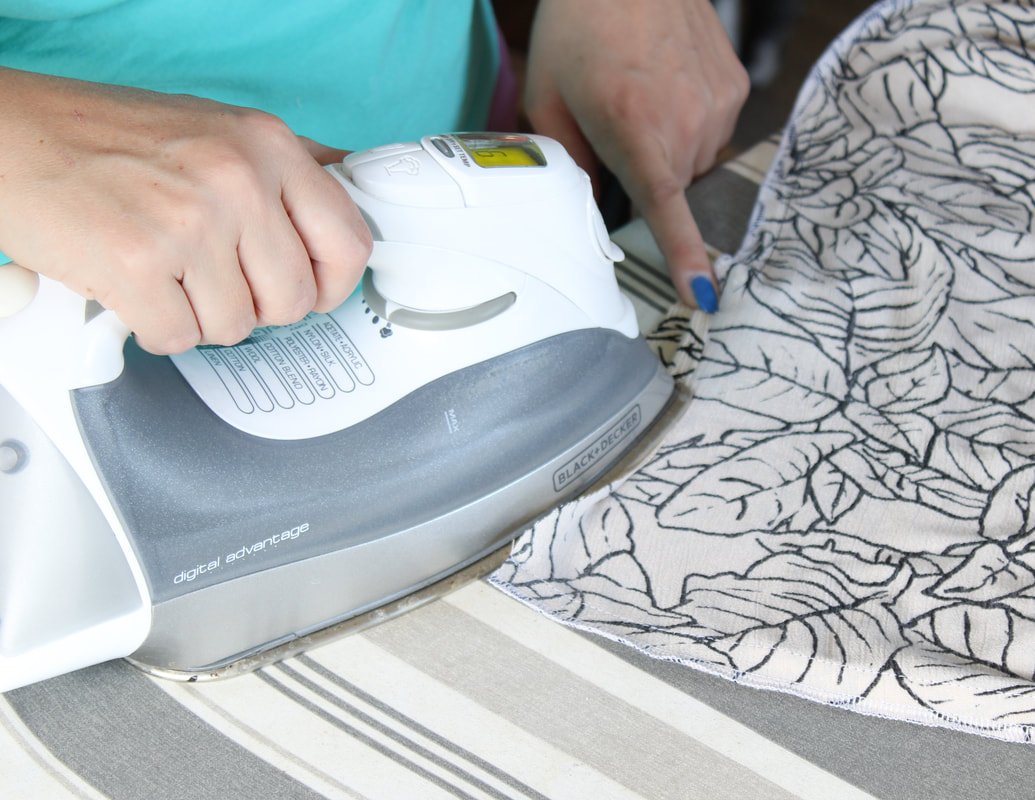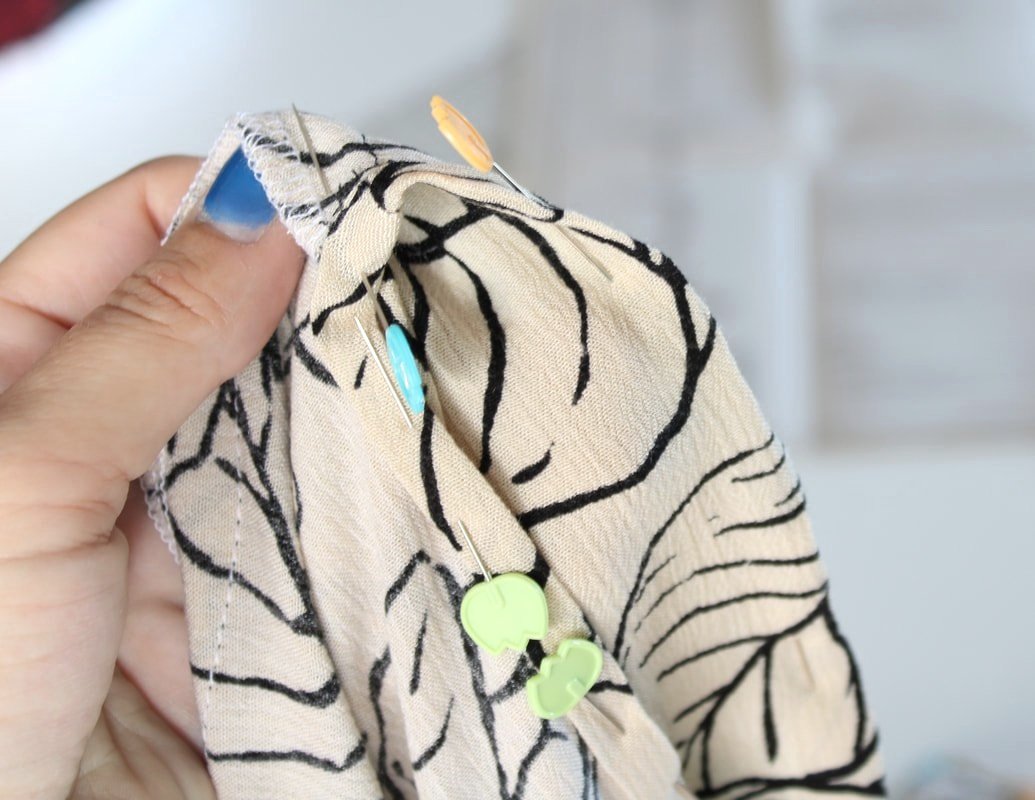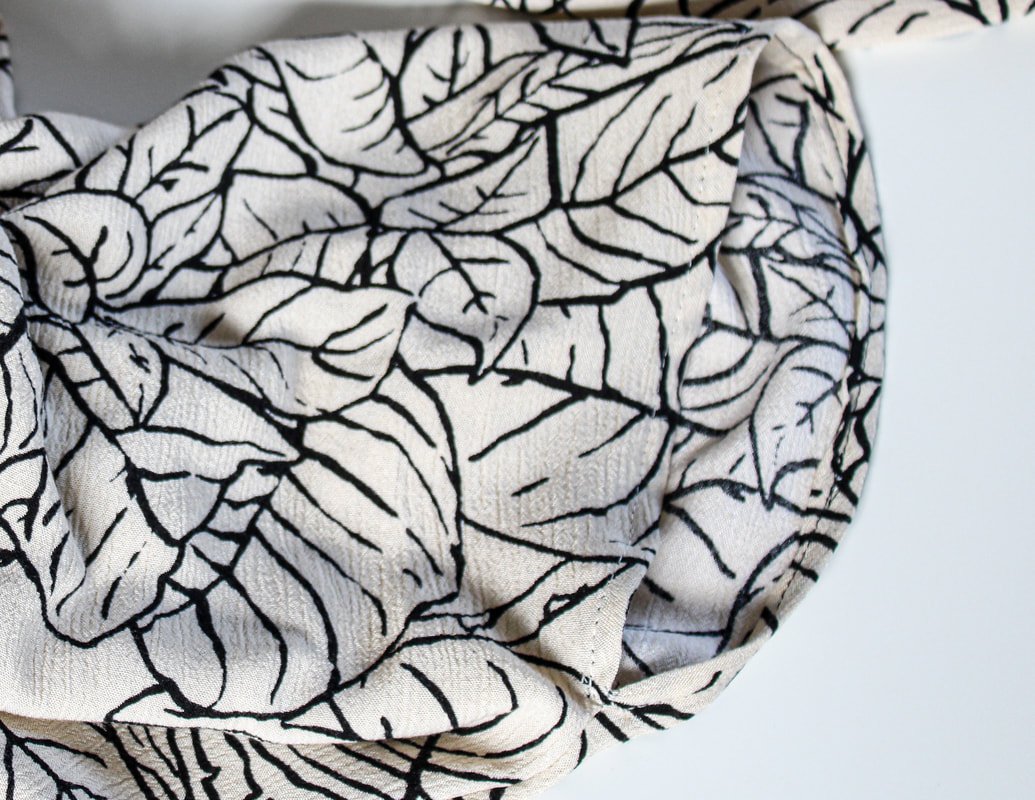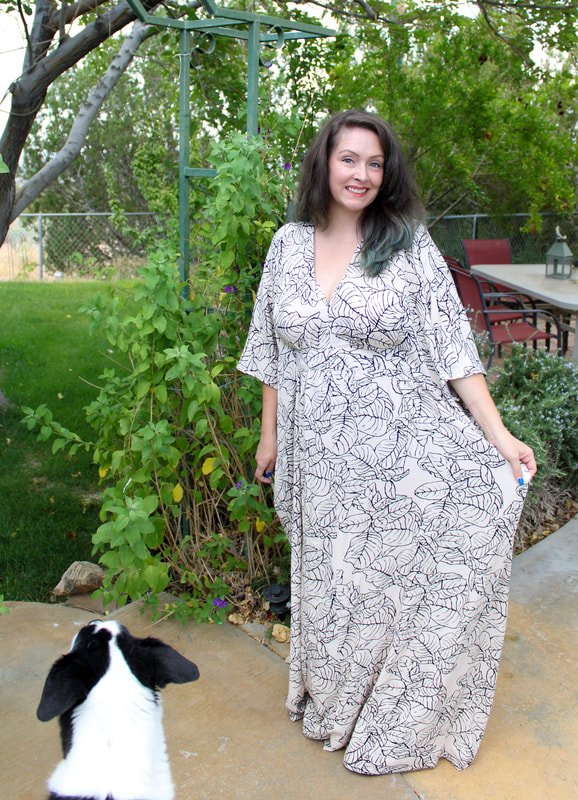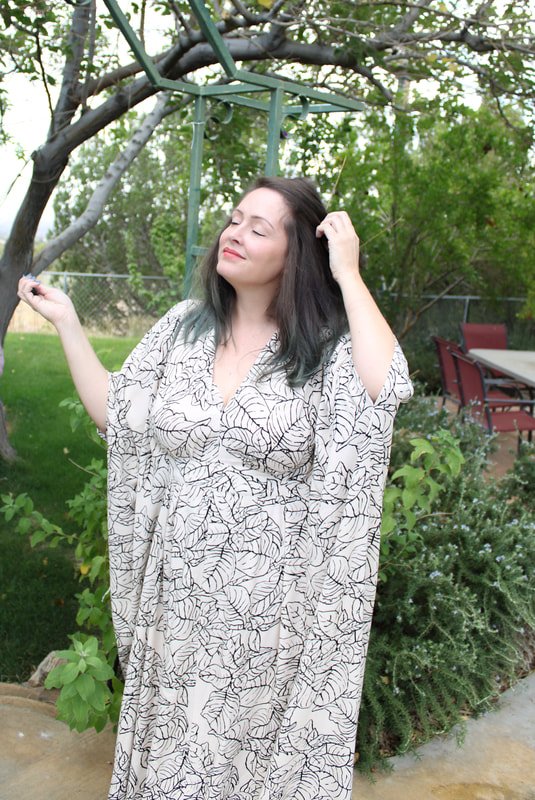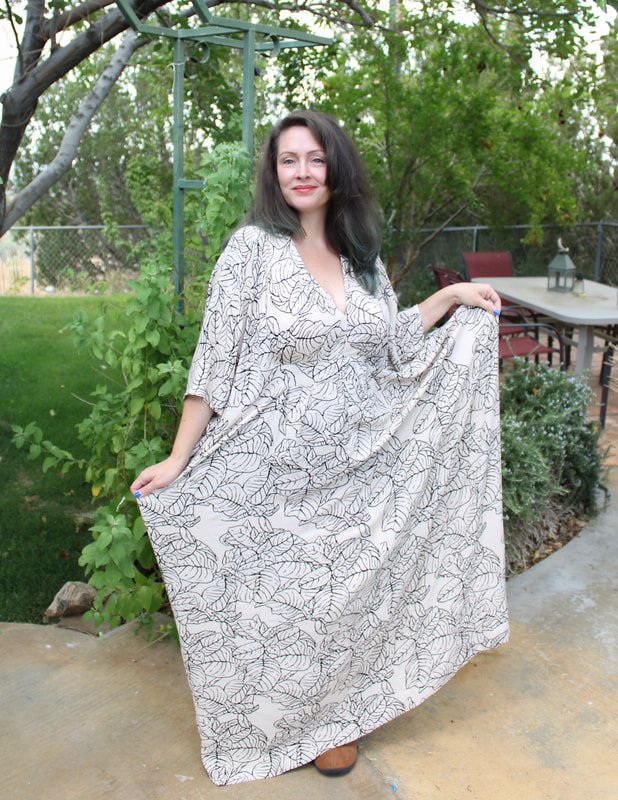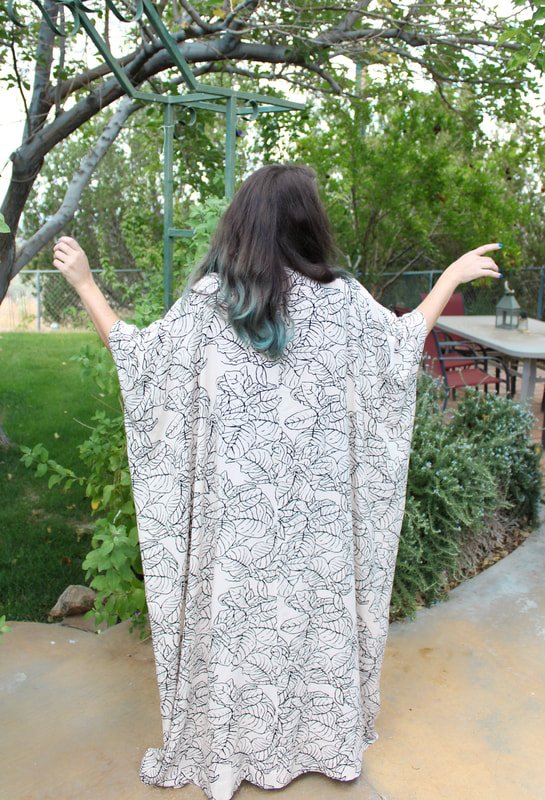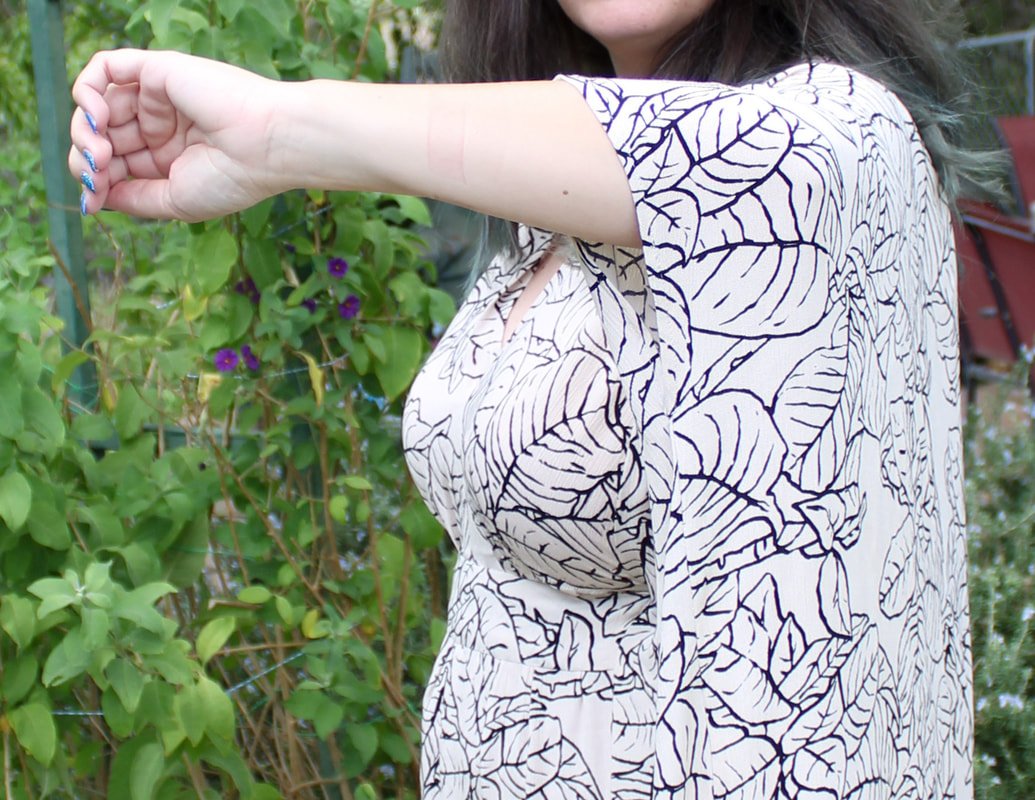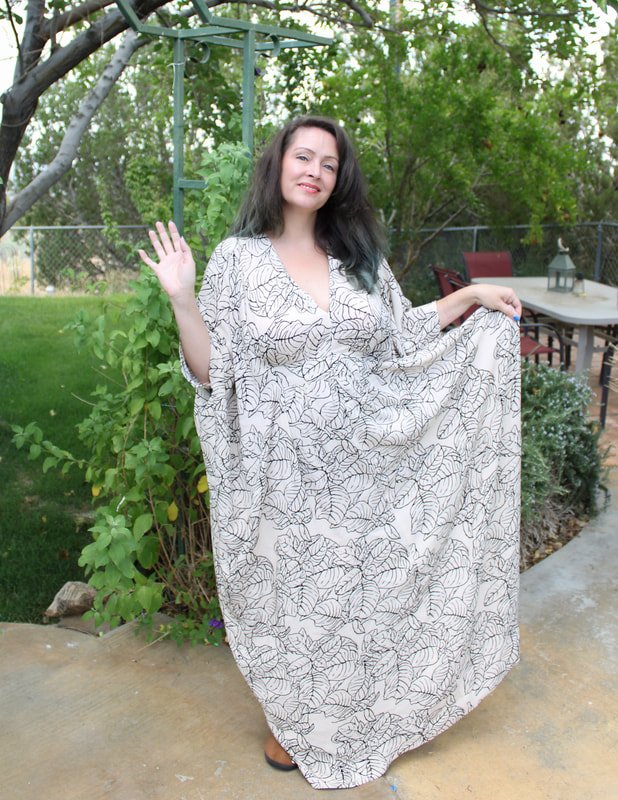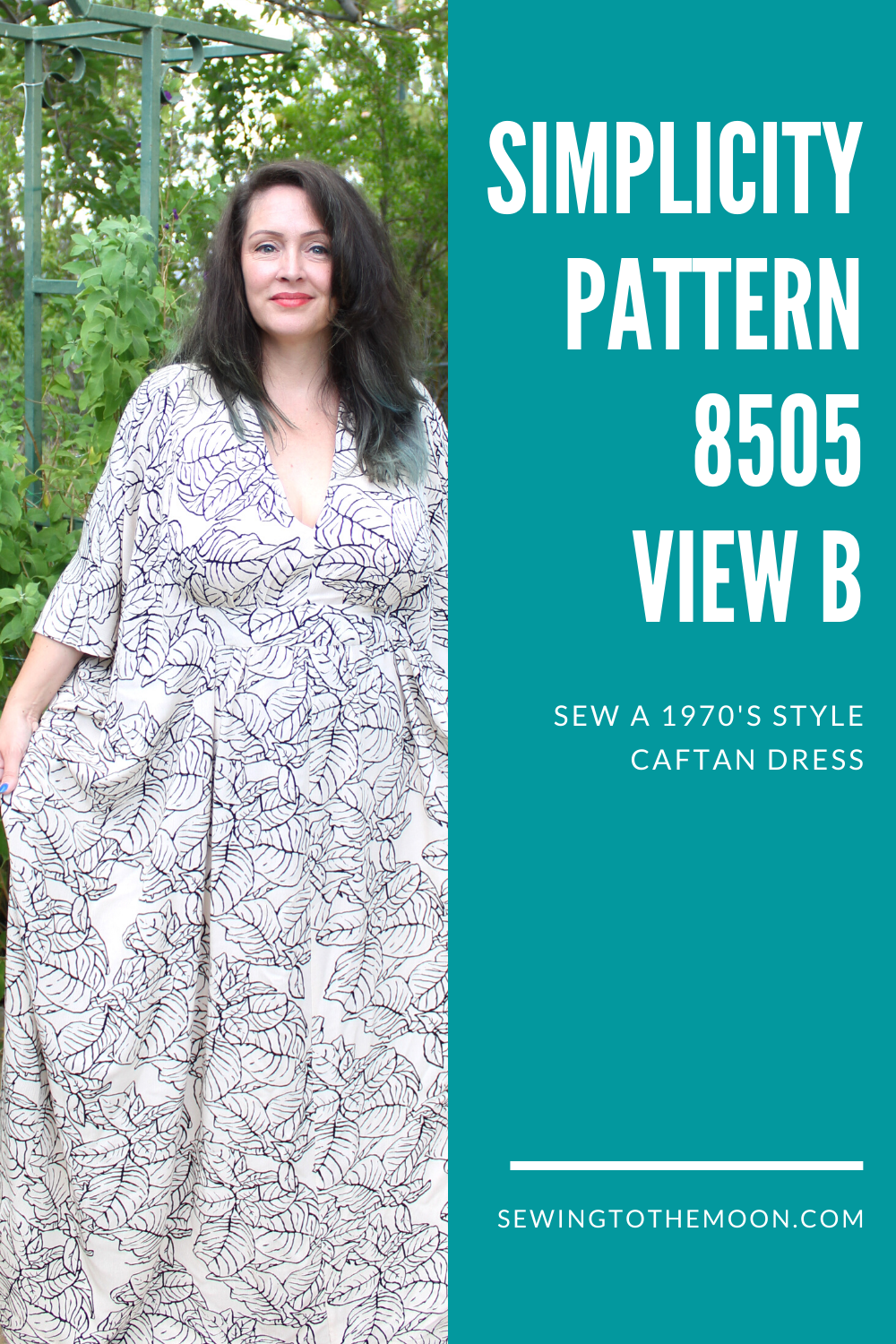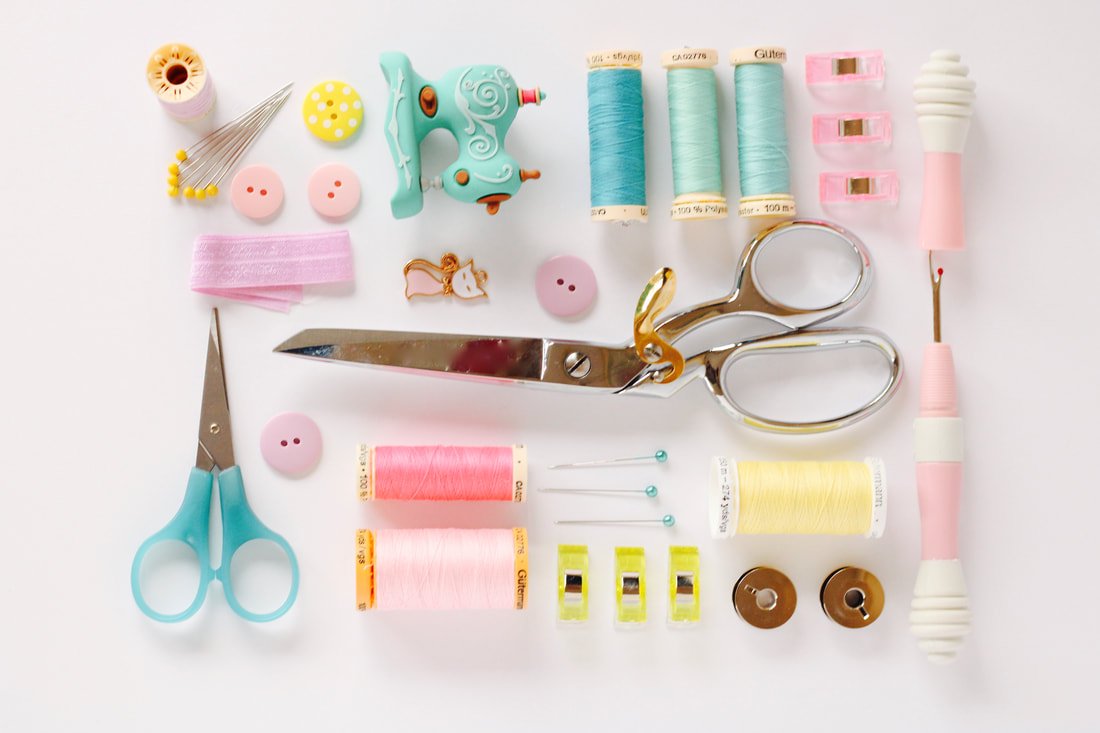
Pattern Reviews, Sewing Hacks, Tips & Free Patterns
Sewing Blog Besties
Gardner Top by Gertie
Sew the GArdner top by Gertie at Charm Patterns. It’s one of her Patreon exclusives and it’s a beautiful top. It uses knit fabric, sheer fabric, and a single button. It’s easy and could be for an adventurous beginner. It is casual yet elegant.
The holidays call for fancy fabrics and sequins. Don't you agree? There's just something fun about wearing sparkle during the festive month of December, isn't there? Add soft velvet and, I'm in! If sewing velvet scares you, read this post. I share my sewing machine and tips for tackling tricky fabric.
These Gardner tops fulfilled my fancy holiday fabric needs. The fabric was originally for vintage-style turbans. I've wanted to make velvet ones for quite some time. I only had 1 yard of each and was lucky that the one yard worked out. Whew! I changed direction at some point and decided to make Gardner tops instead. The matching sequin fabric went with the red one, and the sheer floral went with the green one.
As usual, I don't go into depth with Gertie's Patreon patterns because I value her as a creator. However, I like to share tips and photos that show you my process along the way. If you're interested in this pattern, join her Patreon membership. She shares new patterns each month and so much more!
I made one Gardner top following the exact directions and another collar-hacked version. This post is full of photos. Let's go!
Red Gardner Top (Original Pattern Version)
Red Garner Top
Start your top by tracing the darts onto the front. I prefer old-school wax paper and a tracing wheel system for this part.
Staystitch the front and back necklines. Sewing from the shoulder towards the center prevents the neckline from stretching out. Never skip this step.
After you sew up the darts, cut them open. If sewing your top with velvet, don't press the seam open.
Cut dart open.
The sheer fabric is full of glitter, sequins, and all the sparkles. Perfect for holiday festivities.
Yay, no puckers!
If you go slow while sewing and make sure your seams are clipped, you shouldn't get any puckers in the V-shaped front. If you do get puckers, unpick that section and re-sew.
Sew up the back sheer keyhole area. Use thread that blends in with your fabric or skin tone.
Attaching the back sheer piece onto the back bodice went smoothly. It felt easier to sew than the front. But, follow the same process.
Wah-la! I love how the sequin fabric looks with this red velvet. So festive and fun. Don't you agree?
Make sure you top stitch to keep all the layers flattened on the front and back.
The Collar
The collar was easy to sew, but it was tricky with velvet. I used sew-in interfacing that worked nicely. It went in smoothly, but I had a hiccup when I made the green top. You'll see below how I went in another direction with it.
I did a few hand stitches to keep the collar together. All in all, it worked, but I wouldn’t want to sew another velvet collar in the future.
The sleeves and hem were easy to finish. I love this pattern and see many more Gardner Tops in my future.
All that's left is to sew on the hook and eye at the keyhole.
I love the fit. I could have gone down a size, but I didn't want it to be too tight. This was a wearable muslin, and you never know until you make it. I love it despite the semi-itchy sequin fabric. Haha
I wore the red one to ring in the New Year. It had just enough sparkle to make me me feel festive.
Green Velvet Top (Hacked Collar Version)
I didn't intend this Gardner top to be different, but I tried to fuse interfacing strips on the collar, and it didn't work in the end. So, after ripping out the collar, I ended up with a collar band and button. I wanted to show up in case you had a collar issue or just wanted to do a collar band instead.
I traced both tops with my favorite chalk pen by Clover.
Cut both tops with my rotary cutter and mat. This keeps the velvet from stretching out.
Green Velvet Gardner
I only had 1/2 yard of the sheer fabric, so I had to change the direction of the print to fit this top. The front has the vines running horizontally while the back is going vertically. Nobody will notice unless I point it out. I wanted to show you just in case you run into this issue, too. ;)
Collar Band Hack
I shared on Instagram my collar flub but didn't take any photos with my camera. So, instead, you're only seeing the band option.
I measured around the collar opening and cut a strip that same length plus 1" by 3" wide.
I folded the raw short edge under, pinned the long raw edge to the sheer fabric, and sewed with a 1/4" seam allowance.
Fold the other long edge over and under, then pin and stitch on top. Stitch from one end to the next, making sure to close up the folded side. I stuck a small hair elastic in one end, for the button loop.
Hem the sleeves and bottom hem using a zigzag stitch after turning up once.
I picked the sparkliest button I had in my big button jar. I wish it was gold but, it works well enough.
What do you think? Do you like the original collar version or the hacked band version better?
I can't decide if I love the sparkles and red velvet or the florals and green velvet better. They're both so beautiful and fun!
Don't you just love this top? My favorite part is how the sheer sits on the shoulder. It's flawless and so feminine. It's also fancy and comfy to wear. I love how quickly the band came together, where as the collar took a little more time. But, I do love both versions.
Thanks for hanging with me today. Go join her Pattern and get this beautiful pattern along with tons of others.
Happy sewing and happier pattern hacking,
Annette
How to Sew Velvet Fabric
How to sew velvet fabric using the Brother PQ1500SL sewing machine. A pin feed system is the best method to sew velvet fabric. Follow this tutorial on how to set up the machine and sew. A pin feed system isn’t hard or scary. It will help walk the delicate fabric through the feed dogs easily.
Have you always wanted to sew velvet but have been too nervous that you'd ruin the fabric? It's finicky with an iron, let alone a sewing machine right? Wrong. It's easier than you think to sew with. Imagine velvet capes, dresses, and pants!
In the past, velvet has always been a Halloween costume staple around this house. The serger would do all the work for those themed capes and dresses. However, this year, I wanted to dip my toe into something more, dare I say, scary!?
Gertie rolled out her Gardner top on her Patreon, so if you're not a member yet and love vintage fashion sewing, join now! I cannot keep up with all the content and patterns she gives us. No, I'm not sponsored, I just love everything she does for us.
Anywho, back to the Gardner top. The pattern uses knit fabric for the bodice and collar, and sheer or lace for the cutout. I wanted to use some stretch velvet to bump it up a holiday notch. Sequin and velvet scream holiday festivities, so I picked red and green velvet with matching sheer fabrics.
But, before we get into sewing the fabric, let's get your machine set up.
Sewing Machine Tips
These part of my pin feed system. These accessories came with my machine.
I have a Brother PQ1500SL sewing machine. You can read all about it here.
It has a pin feed system that is made for sewing tricky fabrics like velvet. I'm going to show you how to get that set up. If you have a different machine with a pin feed system, refer to your manual to learn how to set yours up.
If you don't have a pin feed system, I suggest reading your manual, as well. But, in a pinch, lower your feed dogs and it might be okay to sew the velvet. I'm just sharing how to do it on my machine because the internet lacked what I was looking for.
See the pin sticking up near the feed dogs? That pin moves the velvet from underneath, similar to how the feed dogs work, but it is more gentle. No velvet will be harmed during sewing.
Use a stretch or sharp needle. This will gently pierce the fabric instead of tearing through it.
Turn the feed dogs to the red position. This lowers them almost fully and engages the pin feed mechanism at the same time.
Raise the presser foot to the red position. This keeps the velvet from being crushed while getting sewn together.
Now that the settings are changed, you have a brand new needle in, and the correct presser foot on, it's time to sew on some scrap fabric.
Grab some scraps of your velvet and practice sewing on them. Sew 2 and 3 layers together using different stitch lengths. I found 2.5mm worked best for my velvet. You might need a longer or shorter stitch length. When I increased the length, my stitches got wonky. Once you get the stitch length sorted out, you should be good to go.
I sewed a few rows just to be sure the stitching was the correct length.
Extra Tips
When cutting velvet, make sure the nap is going down. You can test this by running your hand up and down to find the smooth direction.
Use a rotary cutter when possible to cut out your pattern. You can use sharp scissors, but a rotary cutter and mat make it easy and painless. ;)
Trace and cut with the fuzzy side down. It's easier to mark the back of the fabric with a chalk pen.
Use a walking foot if you don't have a pin-feed foot system. It will keep the fabrics from shifting.
NEVER iron velvet. If the 80s taught us anything, it’s to never iron velvet. Haha
Velvet patterns require sew-in interfacings only. You can't use fusibles.
Your hems need to be zigzag stitched. Velvet has a natural stretch so, you want to avoid using a straight stitch for the hem.
Use a stretch, ballpoint, or microtex needle. I mentioned it above, but, thought it was worth mentioning again.
If you'd like to see the process for my Gardner tops, read that post, here. I finished them just in time for NYE. I wore the red one for New Year's Eve. The green one is perfect for wearing during fall through the chilly spring days.
Good luck sewing all of your upcoming velvet patterns. I hope these tips helped you out and made it look less intimidating.
Happy velveting,
Annette
Trying to decide what to ew next.
Butterick B6453: The Easiest Dress to Sew
Butterick B6453 dress sewing pattern. Beginner-friendly vintage style dress. Sew an easy dress with lots of vintage style.
If you need a break from difficult sewing projects, I encourage you to grab the Butterick 6453 dress pattern. It was easy and fun to sew! The only timely adjustment I needed to make was an FBA. After that was sorted out, it was all downhill.
This dress is fluffy and full, no need for a crinoline underneath. The princess seams are flattering. The straps are perfectly positioned. And, the back zip is a cinch. What are you waiting for? Grab the pattern and let's get started!
Supply List
A whole lotta fabric, this dress is a fabric hog. 4-5 yards is needed
Interfacing
Matching or contrasting thread
Sewing machine and notions
Serger, pinking shears, or a zigzag machine to finish the raw edges
16" or longer zipper
Seam ripper because... sewing
Rings and sliders for adjustable straps
Sewing Notes
This dress is super easy and only has 10 pattern pieces! This was wonderful news because I made the Hooded Princess Coat before this dress and that was a beast. Read the post if you've always wanted to make your own raincoat. Gertie did a wonderful job with the pattern.
I chose double-faced linen. It was a little heavy for this exact dress but, I love it nonetheless. It'll be warm enough to wear in the fall paired with tights and a sweater. I suggest using regular linen, cotton, gingham, etc. Check the pattern envelope for fabric options.
Shorten or lengthen to fit your torso. I shortened the bodice pieces by 1.5" because I have a short torso. I could have gone a little shorter.
Size down 1-2 sizes at least. I sized down but, in the end, the dress was still too big. Four inches on each side, too big! I have to take in everything. Ugh. Honestly, I threw on a little belt and it was fine to wear. But, I plan on taking in the side seams, princess seams, waist, etc. Cue the tears.
Widen the straps if you wear larger bras. Us gals with bigger cup sizes know the wide bra strap game all too well. I made my dress straps 1" wide and they cover my bra straps perfectly.
Trace and cut out all your pattern pieces. Make sure to transfer the markings and notches. I didn't trace the pocket or skirt pieces onto new paper. Sometimes I get lazy and use the actual pattern tissue. Please don't tell the sewing Gods on me.
Staystitch your neckline, don't skip this step.
Sew the darts.
Then, sew the princess seams to the front bodice piece. I find it easiest to clip the front piece a little to help with the curve if needed. Also, it's easier to sew with the flat piece on the bottom. Go slow and adjust as needed; you'll have a pucker-free seam in the first go.
After the princess seams are sewn, match the side seams with the back pieces. Sew from the waist up.
Here's a Tip:
If you have an old bra lying around that no longer fits, cut it up. Use the metal hardware for your dress straps. I save all my metal hardware from old bras.
Notice my blue fingers? I've washed this linen three times and it still makes my skin blue. Ack!
Pin your straps into place and try the bodice on before stitching the straps on. I waited until the dress was fully sewn before I did this. The linen weighs a ton and I knew the skirt would pull it down. Yay, gravity! My fabric was too thick to make adjustable straps so I ended up sewing the strap ends onto the bodice. But, I love adjustable straps, even though the dress will only get worn by me. :)
Here's a bra hack post if you're interested in DIYing your bra.
Gather and sew the skirt's front and back pieces together. I didn't take any photos of this because it's pretty easy.
Zippity doo-dah! This pattern calls for a lapped zipper. I'm still on the fence about whether I like doing lapped zippers or not.
Press the right side under 1/2" and press the left (lapped) side 5/8" under.
Pin the right side and sew down from the top, using a zipper foot. Go slow to avoid any mother puckers. ;)
Pin the left side starting at the waistband. You want that area to match up. Then, pin upwards and downwards making sure the raw edge will be hidden after it’s sewn. Go slowly starting from the top and sew down. Swivel and sew a few stitches across to seal the end of the zipper.
Ta-da! Your zipper is complete. A white one was used because that's all I had on hand. I was doing a "no buy" sewing challenge. I normally would have used a navy blue one but, the white still matches. Sorta. Ha!
I eventually lost the challenge after a fabric cutting mistake though. Insert eye roll.
Butterick 6453
All that's left to do is sew the hem. Choose an easy hem, turn up the raw edge 2", and then turn it up again.
So, that's it. This is the easiest dress pattern I've ever come across. Are you going to make one? Do you know of an even easier vintage-style dress pattern? Heck, my caftan was more involved than this was. I assumed a caftan would be easy. Nay-nay!
Thanks for hanging out today. If you are looking for a few other pattern reviews, click here for the Ginger Jeans review. Or, here for a Cheongsam sew-a-long.
Happy sewing!
Annette
Hooded Princess Coat by Charm Patterns
Gertie’s hooded princess coat sewing pattern review and tips. I love the pattern and it sews together beautifully. With rain resistant fabric and the added hood expansion, it makes the cutest vintage style raincoat. It’s a little red raincoat. Not beginner friendly, but a seasoned sewist won’t have any problem making one.
My Little Red Raincoat
This coat is a Patreon expansion pack of Gertie's Princess Coat sewing pattern. Sew your own raincoat to keep yourself dry and cute. It starts with the Princess coat, then you add the expansion pack for the hood.
Do you ever find yourself needing a garment, but you can't find one out there that suits your style? This is that garment. I have a few hooded coats but, they're wool or fleece. Not really a raincoat per se. And, I have two garment obsessions: coats and shoes. I need all the coats and I need all the shoes. Ha!
I think coats and jackets are the best accessories because they add warmth- especially if you're always cold. And, they add fabulousness to your outfit. Imagine yourself wearing a T-shirt, jeans, flats, and red lipstick. A normal little everyday outfit, right? Then, add a black velvet coat and your outfit gets a major upgrade!
That's what coats and jackets do for me. I guess they're my jewelry. So, when Gertie came out with her Princess Coat pattern, I had to grab it. A month later she rolled out her Patreon expansion pack to make a raincoat. I was sold! I needed a raincoat.
Fast forward 2 years and I still hadn't made my beloved raincoat. First of all, rainwear fabric was something I had zero clue about. And, second, I sew on a budget. I didn't have hundreds of dollars to drop on fabric for a coat I would wear maybe twice a year. Thanks, Southern California for never raining. Living in the desert, we don't get a lot of rain but, when it rains, it pours. Hello, flash floods. And, hello Little Red Raincoat.
“It never rains in Southern California”
Tracing and cutting the outer fabric. The kitchen table was the best place for this. It’s a lot of yardage.
This post isn't a How-to because it's an expansion pattern for Patreon only. Gertie is gracious enough to spoil her Patrons with all her marvelous patterns. If you're interested in making a vintage-style raincoat, Grab the pattern here. Then, join her Patreon here. It's definitely worth it. We get a new pattern each month and honestly, it's too many for me to keep up with. But, I choose which patterns are "need to sew now" and which are in the "someday" category.
Anywho, I did have a few little areas I ran into trouble with so, I'll share my input on those. But, other than that, enjoy all the photos of my Little Red Raincoat. Yes, I named it. :D
No rain, but it was a frigid February day.
Why did I start sewing the raincoat after 2 years you ask? Well, remember this post on January Jeans? My sewing friend on Instagram was still talking with her jeans sewing group. They decided to do a #JacketJanuary. I was invited and thank goodness for those ladies! They welcomed me and I made new sewing friends. Yay!!
One gal finished her jacket on time and a few were waiting for the last touches by the end of January. We met every Monday for a fun Zoom call. the group kept me going and I was finally able to get my coat finished. It wasn't finished on time because I was undecided on whether to use buttons or snaps. In the end, I decided on snaps. Buttonholes and water don't go together so nicely
Snaps are usually easy but not this time. I put the first one in upside down. Cried (not really but, I wanted to). Then, put another one in wrong. Ha! I don't like snaps (anymore) or buttons. Face-Palm!
Isn’t my pink lining fun? My coat can double as a Valentines Day coat/outfit.
Let’s Talk Fabric
One of the ladies in the sewing group told me about trench coat fabric. We had a quick chat about that and I had an a-ha moment. It was mind-blowing, believe me. I ended up buying trench coat fabric and it was wallet friendly too. I found some beautiful red polyester twill from Mood Fabrics. They shipped quickly too. According to my measurements, I needed 8 yards. Well, technically I needed 7.5 but, when you order online, you can only order in whole amounts. Fun story, I ended up with almost 4 yards left over. So, now I have no clue what to do with all that leftover rain-resistant fabric. Ugh! I think camping table clothes and bench covers?
The fabric itself is nice. It was a dream to sew with but, it wrinkles very easily. When I'm running through a hurricane looking fabulous, I probably won't mind my wrinkled mess of a raincoat, though.
The lining is poly china silk I bought online from Wholesale Fabric Direct. It's a blush pink color and I ordered 8 yards of that as well because... well measuring. I have tons left over, over 4 yards. The leftover lining fabric didn't bother me because I can use it to line wool pants or anything else in the future. Plus, it only costs $2 a yard. LOL! No tears were shed over that. The rainwear fabric was a different story though. ;)
Tracing the lining pieces. Again, at the kitchen table.
Notions and Potions
No potions except coffee. Lots of coffee.
The thread and needles I used were simple and nothing fancy.
I bought 3 spools of all-purpose red polyester and 1 spool of all-purpose poly pink thread. I read other people’s comments about how much thread they used for the Princess Coat and I didn't want to run out. Well, I didn't even use a whole spool of the red. Ha! I always use red thread because it's the best color in the whole world, so no worries about that.
I sewed my outer coat with a regular 80/12 universal needle. It sewed through the rain-resistant fabric flawlessly. This fabric held onto the holes it was given so, I was cautious but, in the end, just went for it. Backstitching on every seam was fine, no issues there.
For the lining, I knew better. I used a Microtex needle to sew all the pretty pink seams. When it came to sewing the outer and lining together in a few spots, I used red thread and the universal needle. No issues, no skipped stitches, and no bird nests. Yay for nice, cooperative needles.
I used a tracing wheel and wax paper for the outer and lining pieces and cut everything with scissors. It was nice to open the leaves on my kitchen table and lay out the fabric and pattern pieces. My cutting table in my sewing space was not quite long enough for this project.
Adjustments
After making my muslin, I decided I wanted a little more room in the tailored sleeves. I used a 1/2" seam allowance instead of the recommended 5/8". I graded it up when I got to the armpit area. This kept me from having to make other adjustments in the armscye area.
I measured at a size 8 for the coat but graded down at the side seams, to a size 10 at the waist. I love that Gertie gives us different cup-size pieces. The fit was exceptional. I love sewing for my own body. Talk about body positivity. :D
I also adjusted the length as I cut out the skirt pieces. Instead of shortening the skirt length at the shorten lines, I simply cut the length at size 2. This was probably the incorrect way, but it worked for me. Sometimes I like shortcuts.
I added a hanging loop in the back. Cut a 2" wide by 4" long piece out of the outer fabric. Fold in half RS together and stitch with a 1/4" seam. Turn it inside out and baste it to the hood. A hanging loop for a raincoat is a must, right?
I topstitched all of my outer seams. I sewed the center back seams to the left and the other ones to the right or left, depending on each seam. I thought this would help with the rain seepage as well.
Pretty pink pockets.
Issues I Ran Into
The Instructions were a little wonky in areas which isn't normal for Gertie. She's usually spot on. However, I did run into an issue with pattern piece #15, the skirt front facing. Her video says she skipped the hem facings, fine. But, she still had the front facing on her raincoat and it didn't say in the extension instructions how to add this. The booklet instructions were on page 44 but were different. So, I unpicked some of the waist area and attached it to the bodice lining unit, albeit the wrong way, but I got it done.
I had trouble figuring out how to add the neck facing because I hadn't had enough coffee or something. Below, is how it should look. The collar facing is cut with the outer fabric and sewn to the lining bodice at the back collar. It went on sorta upside down. Like I said, maybe I didn't have enough coffee.
Bodice lining.
Neck facing is clipped and ready to sew.
Neck facing and back bodice lining.
I used muslin for the back and serged the edges.
Hemmer Time
Okay, when it's time to hem, be sure to let your outer and inner hang for 24 hours before you hem them. Fabric cut on the bias is no joke. My outer didn't stretch out but, the lining did need a little trimming and evening up.
After hemming 4,000 yards of fabric and removing approximately 300 wonder clips, your hem will be done. Gertie preferred a narrow hem for the raincoat. The way she does it is nice too. Sew along the raw edge with a 1/4" seam allowance, flip it up and under, and sew again. Super easy. It is also nice for a circle skirt hem, you don't have to worry about any puckers. ;) I hemmed the outer and lining before I put them together. I liked hemming the outer and lining separately. Easy and no stress.
I went back and shortened the lining hem length another 1/2" inch. I didn't want to get caught with my lining hem showing. Could you imagine?! Gasp! If you read this before you make your coat, hem the lining 1" shorter to begin with.
The sleeve hems were easy to do too. I didn't attach them as Gertie recommends. Hand sewing, no thanks, and on rainwear fabric especially. I prefer the bagged-out sleeve hem method. You take the sleeves and pull them inside out, fold over the lining cuff 1/2" or so, match seams up, and then sew. I didn't take photos but, here's a website that shows you how. It is my favorite way to sew sleeve cuffs and if you look at your RTW coats and jackets, they probably did it this way.
The pretty pink lining.
You can see ripples in the bodice in the photo below. The water-resistant fabric didn't take well to interfacing. I decided to leave it but, might rip it out later in life. We'll see.
I top stitched over all the seams in hopes to keep the rain out.
Let it hang for 24 hrs.
Ooh la la, I love my lining.
Final Thoughts
I'm so happy with how my Little Red Raincoat turned out. It was such a fun sewing project. Thank you to the #JacketJanuary sewing group, you ladies rock! I can't wait to sew up a few more jackets and coats using The Princess Coat pattern from Charm Patterns. Gertie, you really outdid yourself with this beautiful pattern, as usual. If a hooded coat scares you, don't let it. The hood was the easiest part. It's a nice roomy size so my vintage-style hairdos will fit inside without getting messed up. Yay for that!
She gives quite a few sleeve choices. I want to make a mustard yellow coat next. I need some fun tweed to make a cropped jacket with a dare I say, faux fur collar! Perhaps some light pink boiled wool with a black fur collar too. Hmm...
I have no clue what to do with almost 4 extra yards of red rainwear fabric. Any ideas? Share them in the comments below, please. I need ideas. LOL
Scroll down to see more photos of my glorious coat without rain.
Thanks for following along with my coat journey. Now, if you could all send some rain my way so I can try it out, that'd be great.
Happy sewing,
Annette
Simplicity 8505 Caftan Sewing Pattern
Have you ever dreamed of floating around the house in a vintage 70's caftan? What about in your beautiful backyard? I vote yes for both! This Caftan sewing pattern is the only one you need, it's vintage and authentic.
Way back in high school, I borrowed a caftan from my mom's friend to wear to a dance. The 70s wasn't the theme but, I wanted to wear it. It felt so silky and soft while I wore it and danced all night long, with friends.
When I saw this pattern via an Instagram friend, I knew I had to snag one for myself. She looked so fabulous in hers, and I knew I needed that pattern in my life. I hope you grab the vintage reproduction pattern and make a caftan, too.
Oh hi there! I’m just over here living my best 70s life.
I ordered the Simplicity pattern 8505, a 1970s caftan pattern from an Etsy shop. After searching my local sewing shops for the perfect fabric, I decided to order that online too. If you make this, I recommend looking at fabric in person first, to give you ideas. It's fun to feel the drapey fabrics. Who doesn't love touching all the fabric? Are you ready to make the comfiest dress ever?
Let's get started.
Here's what you'll need. I also wanted to share a few tips and ideas for you to try, if you want.
Supply List for View B
Simplicity Pattern 8505
3.5-6 yards of fabric (depending on your size)
Interfacing Scrap
2 yards of twill tape or ribbon, 1/2" wide
1 1/2" button
Matching thread
Microtex or Sharps sewing needle
Sewing machine + all the notions (scissors, clips/pins, rulers, etc.)
*Optional: Fleetwood Mac playing in the background ;)
Tips for making this pattern:
This pattern doesn't have pockets, but I would add some. Use another in-seam pocket pattern from a pattern you already own. Try the dress on after you sew the shoulder seams to see where you'd like your pockets to be.
When you sew the front to the midriff, to the yoke piece, make sure to match the center seams. I didn't pay close enough attention and wished I had. Use a water-soluble marker, Frixion pen, or another writing tool that will disappear to mark the centers.
Measure, measure, measure! I measured myself and made a Large. It fit like a tent. I cut the side seams smaller, but it fits bigger than I'd like. You might need a smaller size than you'd think. ;)
Instructions:
Measure yourself and write your measurements down. Read the finished measurements on the pattern tissue to help decide the correct size for you. The big four pattern companies usually give a ton of ease in their patterns. You want a caftan, not a tent.
Cut out the pattern pieces. Trace the pieces onto the fabric and cut them out. It's a lot of fabric so, a nice big workplace such as the floor is great for this part.
I usually trace onto pattern paper but, this style is very loose and I knew I wouldn't need to make fitting alterations.
**You will have to tape the front (5 and 5A) piece to an extended piece. Match the stars and tape them together. You'll do the same for the back piece (8 and 8A).
The pieces were very large so, I used pattern weights and cut the fabric without tracing. Gasp, I know! Trace the neck-facing piece though.
Time to sew.
Attach twill tape ties and sew reinforcing stitches at the corners of the front pieces. Clip to the corner but, not through the stitching.
Sew the front center seam.
Sew the front center seam. I serged the seam after and pressed it to the side.
Gather those tiny ruffles.
Sew 2 rows of gathering stitches using a 4-5mm stitch length, between the notches across the front. Pull the bobbin thread to lightly gather the front. It helps to leave long thread tails to pull the gathers.
Press down along the fold line on the front. This will become your front V neckline.
This is where I had the most difficulty. Gathers are easy but can be a pain in the you know what. So, go slowly, check twice, then sew.
Pin the yoke to the front pieces matching all the notches together. Sew and press the seam downwards.
Serge or sew the edge 1/4" under the midriff pieces. Press along the fold line.
Pin the front midriff and yoke piece to the front pieces.
Make sure to match the center seams. Sew the bottom part of the yoke to the gathers first, then sew the sides. I didn't do this and found it a tad difficult to fit. Again, make sure you line up the center seams.
Grab the back pieces and neck-facing pieces.
Stay-stitch the back neck.
If you haven't already, apply your interfacing to the neck facing at this point.
** I left the button off and sewed a solid back seam. You can sew the button closure or not, it's your choice.
After the back seam is sewn, sew the neck facing onto the back matching the seams. Press open or to the side.
Yay, you're almost done!
Sew the shoulder seams, and press.
Then, sew up the side seams. Start from the hem and go up to the notch/dot.
Try it on at this point to see if you want your armholes smaller. I ended up sewing 7" from the top for my sleeve opening. This was a perfect amount for my arms.
Hemming the caftan.
Last but not least, it's hemming time.
If you're on the shorter end, you'll need to whack off some serious length on the bottom.
Hem the sleeves. Fold and press 1/4" under, then 1/4" under again, and topstitch.
The bottom hem was an issue for me. I measured (I usually just eyeball it) and, it came out wonky. I don't have any magical words of advice for you on hemming. Sorry. :( I used my dress form to pin the hem and then sewed it. And it was perfect in the back but several inches too long in the front and sides still.
So, the caftan dress sits in the timeout corner for now. I could hold it up while I walk around but, that's frustrating and not very chic or glamorous. Some day I'll rip it out, cut it, and re-hem it. Maybe next spring when I get the itch to float around in the warm sun, in my backyard again.
Meanwhile, enjoy some photos of my too-long caftan. :)
Thanks for hanging out today! As always, if you make one, please tag me on Instagram @sewingtothemoon. I'd love to see your fabric choices.
Happy 70s sewing,
Annette



